What the Meaning of Zero in Moving Back 5 Spaces on Game Board?
Unless your career has taken you into math or engineering, chances are you aren't figuring out trigonometric functions or complex calculus on a regular basis. But you do probably use the basic mathematic concepts that you had to master in grade school almost every day, whether you're figuring out how set up the furniture in your living room or a way to cut down the time on your commute.
Still, while you use plenty of concepts from sixth grade, it's probably been awhile since you reviewed what you actually know—and you might be surprised by your mathematical blind spots. To test what you know—and, more importantly, what you don't—here are 30 questions that any straight-A sixth grader would be able to ace. (Note: They increase in level of difficulty!) And for insight into more tests you may or may not be able to ace, check out how Our Reporter Took the President's Cognitive Test (and Here's They Scored).
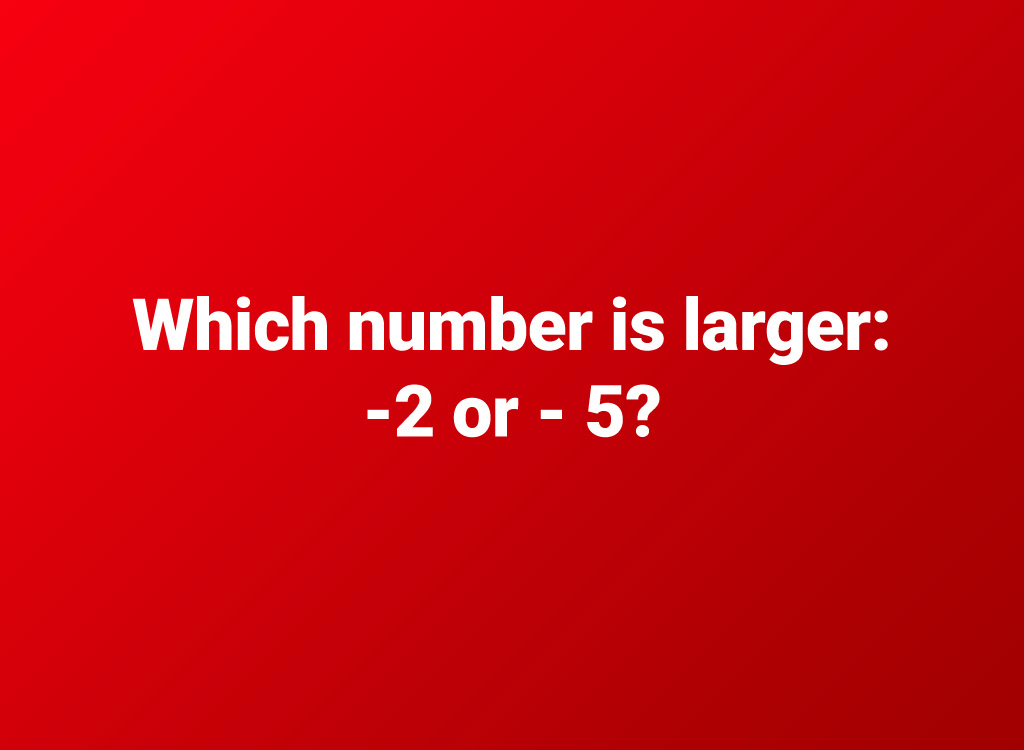
The "-" here shows you that these are negative numbers, which means they are less than zero.

Negative 2 is larger than negative five. To help you think about negative numbers, think about a board game where "larger" means "closer to the finish line." Imagine that a red piece and a blue piece start at the same spot (zero). The red piece has to move back 2 spaces (-2). The blue piece has to move back 5 spaces (-5). Which one is closest to the finish line? Red!
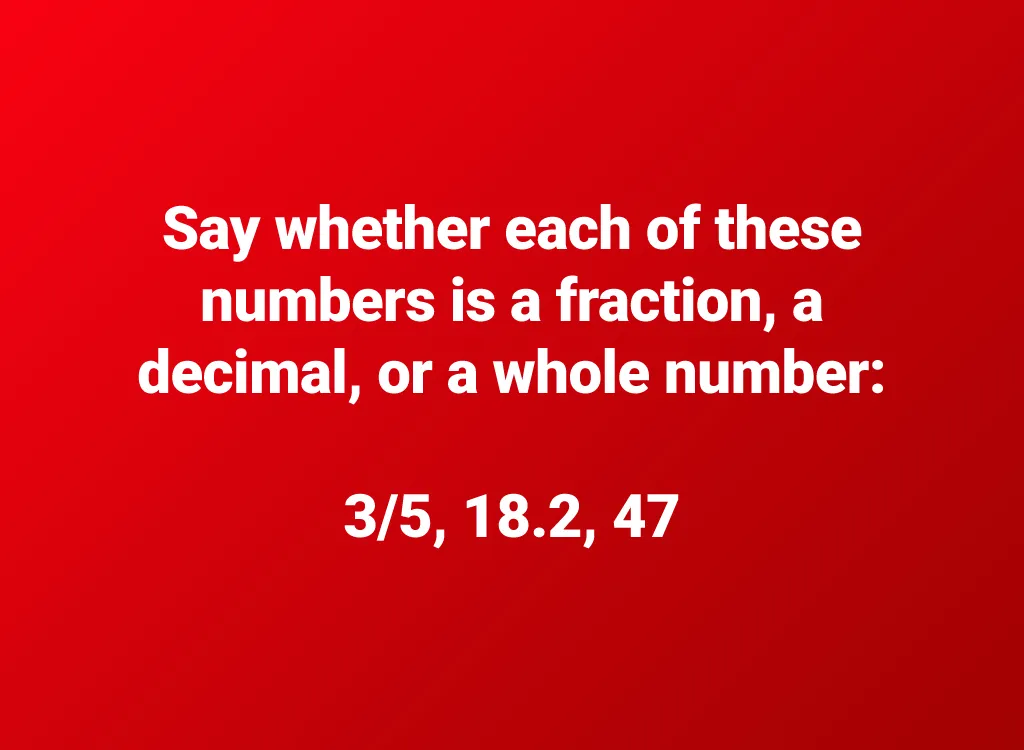
I bet you didn't know you'd have to learn new vocabulary in math class! And to burnish your non-math lexicon, start by memorizing these 47 Cool Foreign Words That Will Make You Sound Crazy Sophisticated.
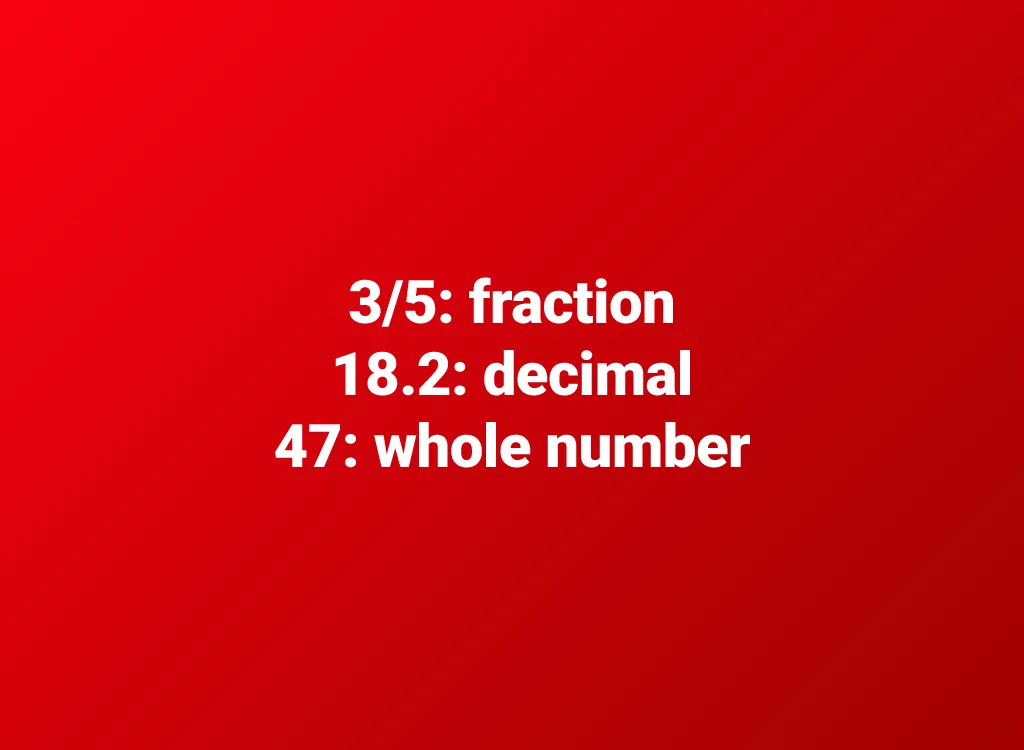
Fractions are numbers that are separated vertically by a – or a /. Decimal numbers have a period in them, which in math is called a decimal point. Whole numbers are numbers without fractions or decimal points, even if they're negative numbers. And for more ways to sharpen your mind, Try These Brain Teasers to Find Out if You're Smarter Than an Astronaut.
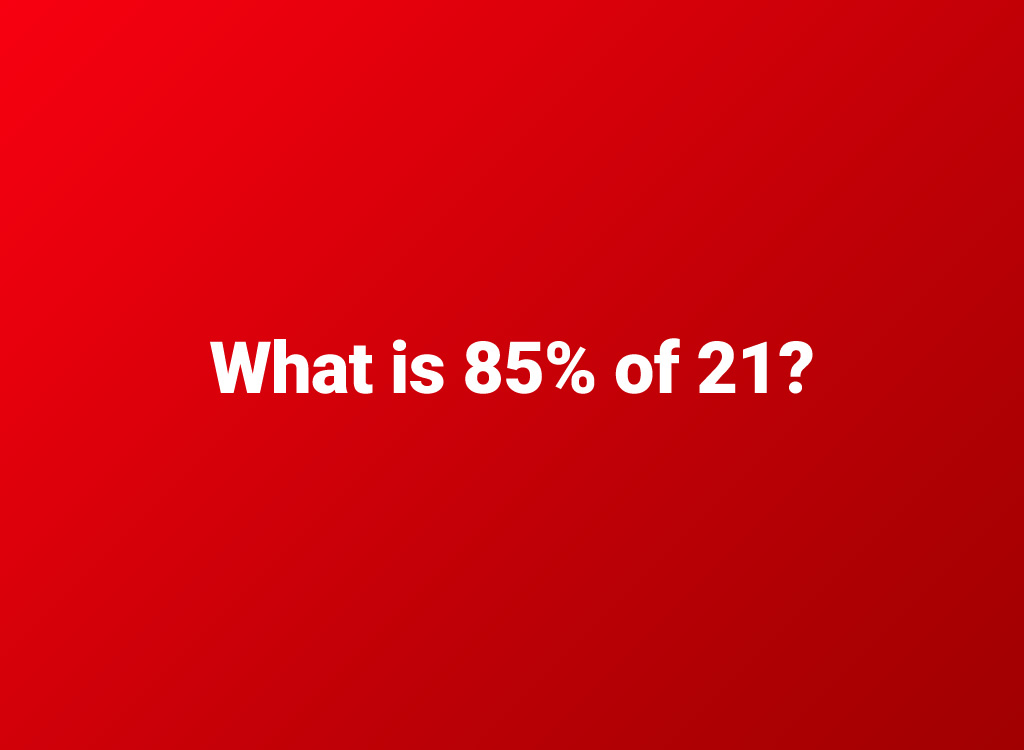
Hint: if you don't remember how to convert percentages into decimals, just remove the percent sign and shift the decimal point two places to the left.
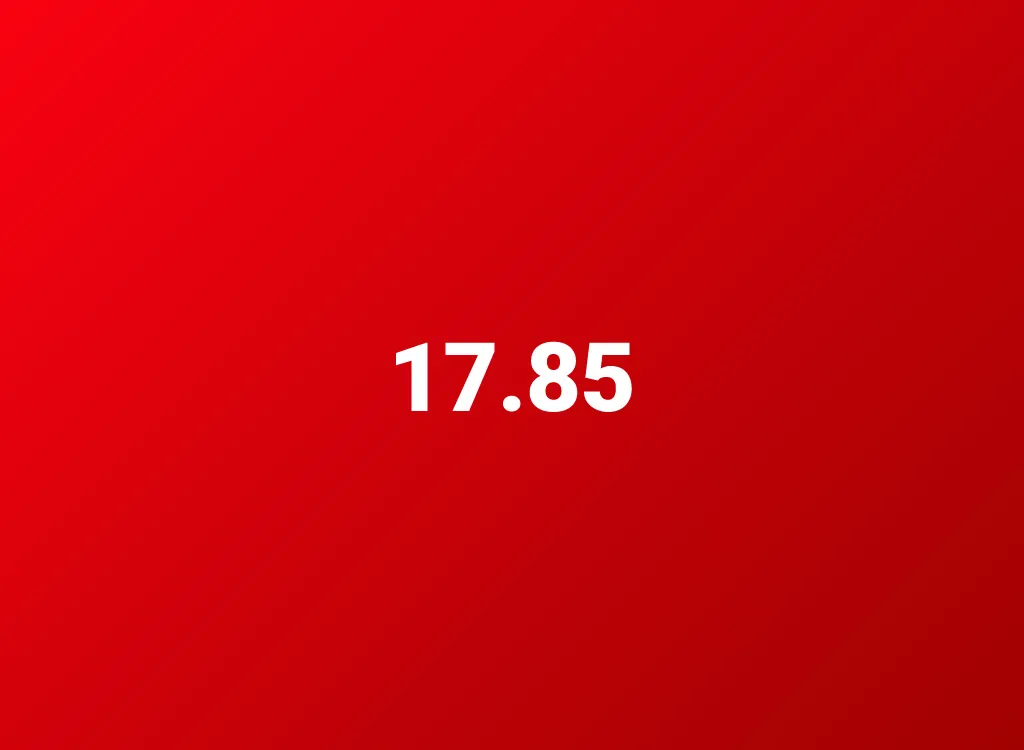
0.85 x 21 = 17.85 Or, to put it in a sentence, 85% of (x) 21 is (equals) 17.85.
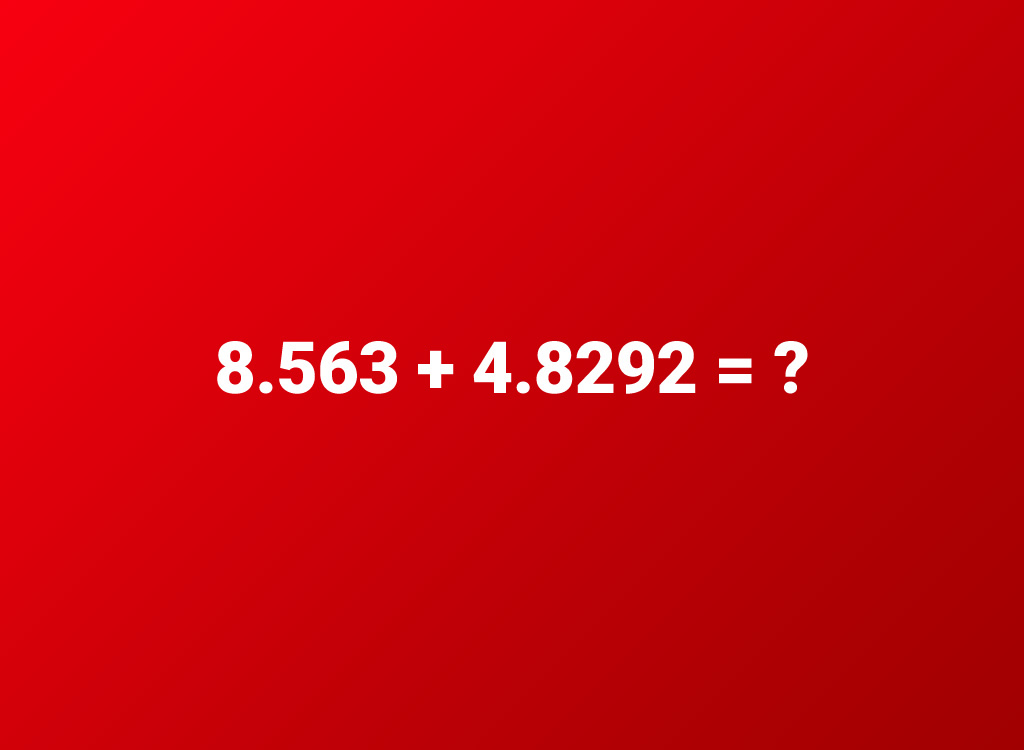
Get comfortable with decimals—you need to know how to add, subtract, multiply, and divide them.
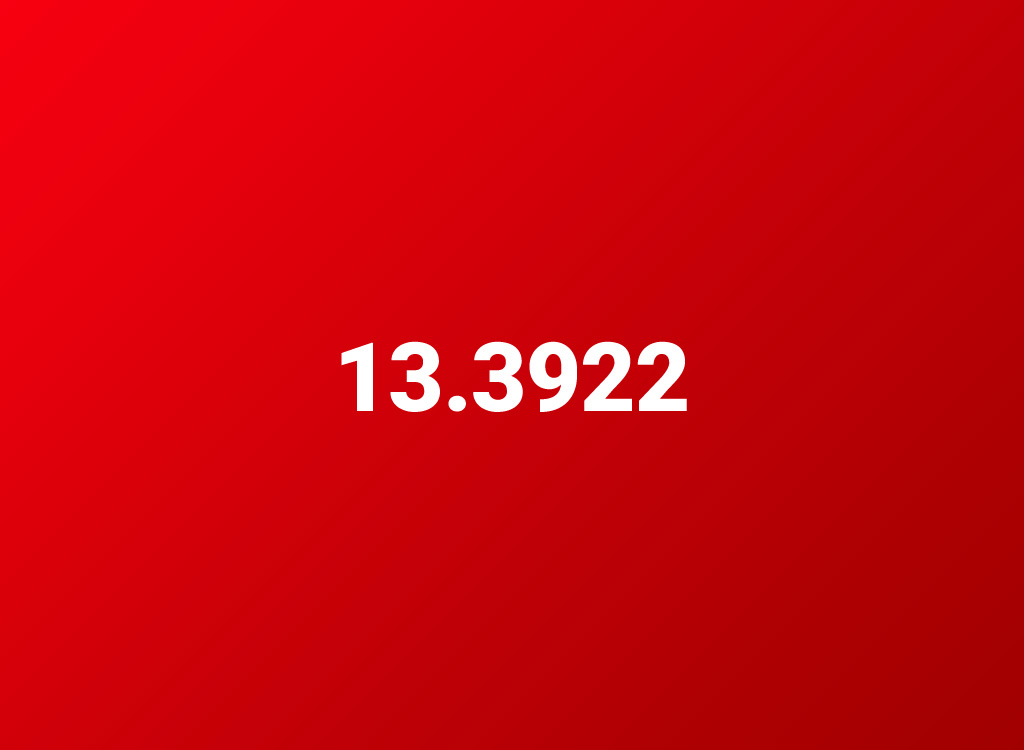
Adding and subtracting decimal numbers isn't as hard as it looks. Just remember to line up the decimal points and put zeros in any right-hand columns that don't have numbers if necessary (ex: 8.5630 + 4.8292). And for some more brain twisters, see how Our Correspondent Took the NFL's Cognitive Exam—and Here's What They Learned.
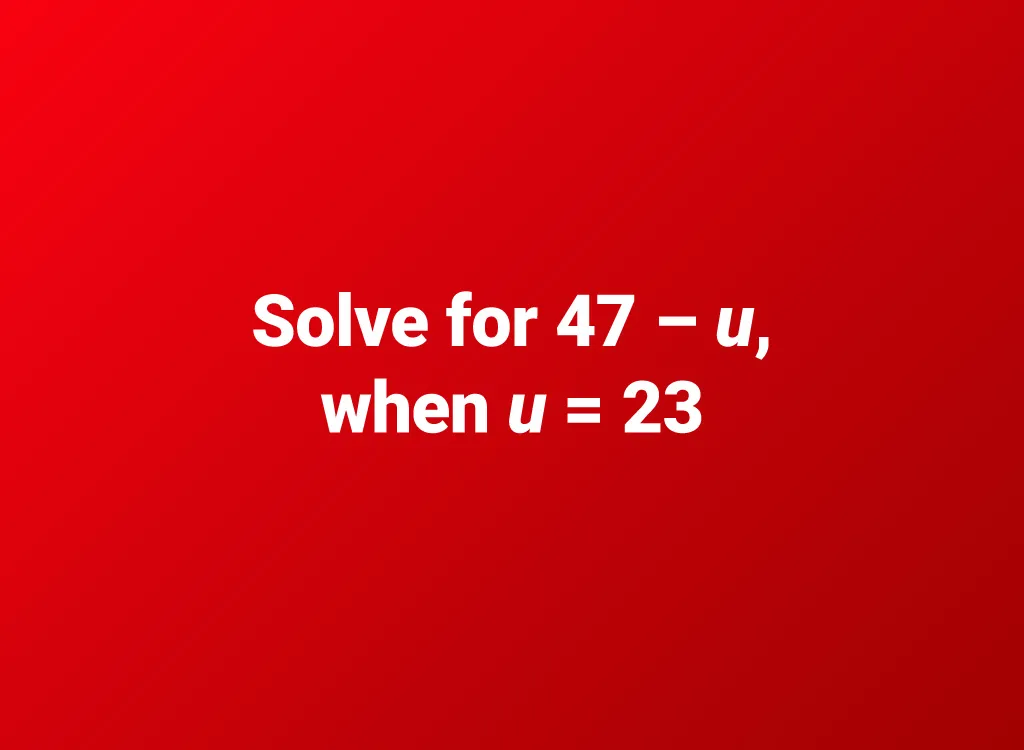
This is a simple algebraic expression. Algebra is simply the use of symbols in mathematics.

Any letter may be used as a variable (or unknown number). In this case, it's lowercase "u." So simply plug the number in for the variable and you get 47 – 23 = 24. Next, Boost Your Brain with This Science-Proven Trick!
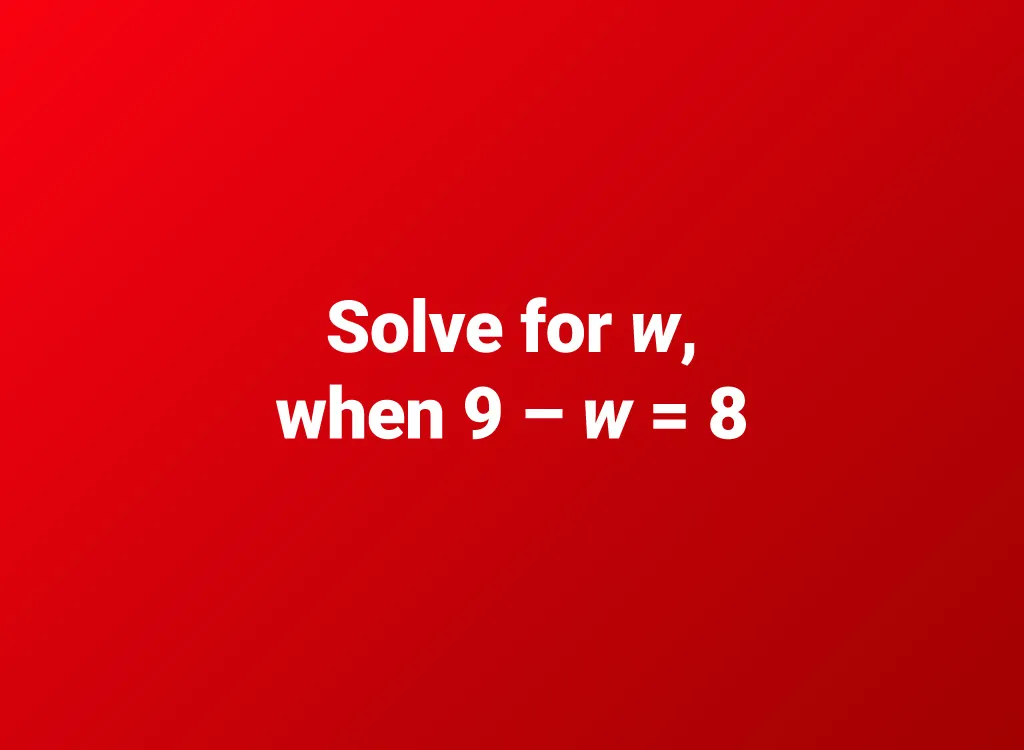
This is called an algebraic equation because the number on both sides of the equal sign must be the same.

Since we know that w stands for an unknown number and the numbers on both sides of the equal sign must match, we ask, "What number can be subtracted from 9 to equal 8?"
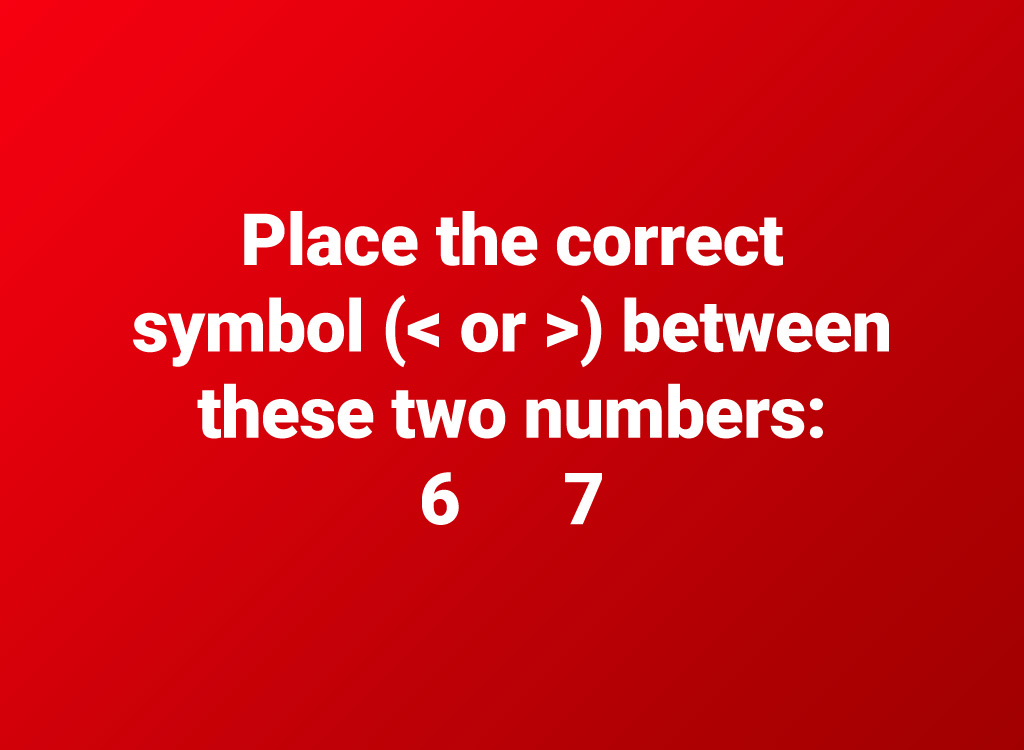
These mathematical statements are called inequalities. Unlike equations, the numbers on either side of < or > don't have to be equal.
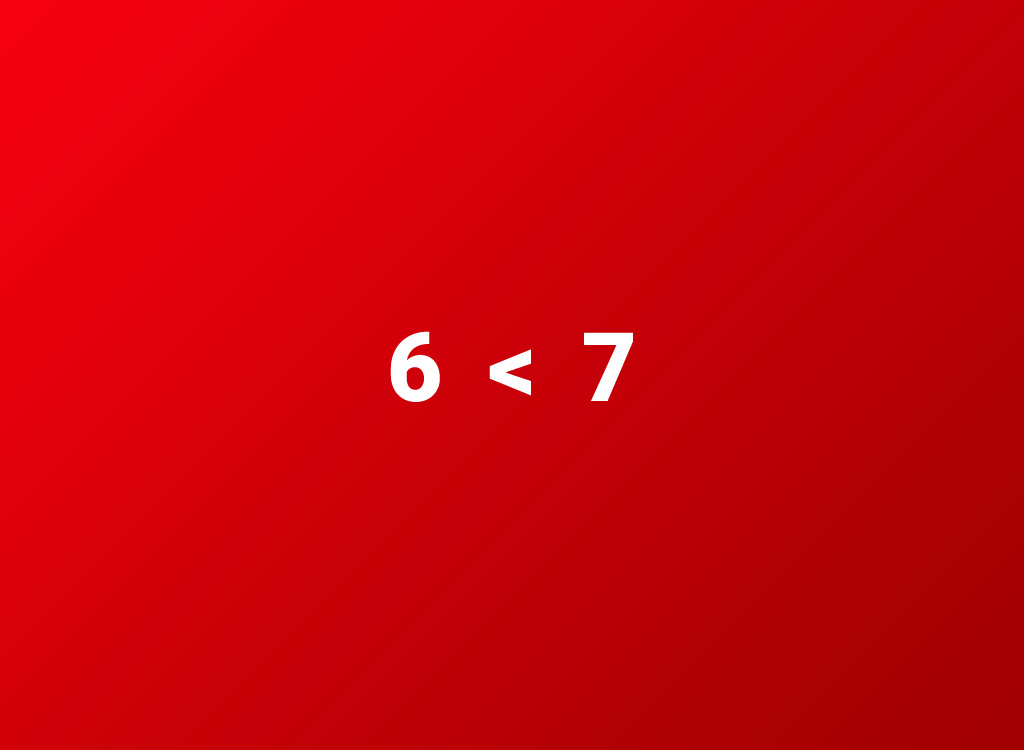
If you read this out loud, you would say "6 is less than 7," so < is the "less than" symbol. If you turned it around and wrote "7 > 6," it would say "7 is greater than 6." So > is the "greater than" symbol.
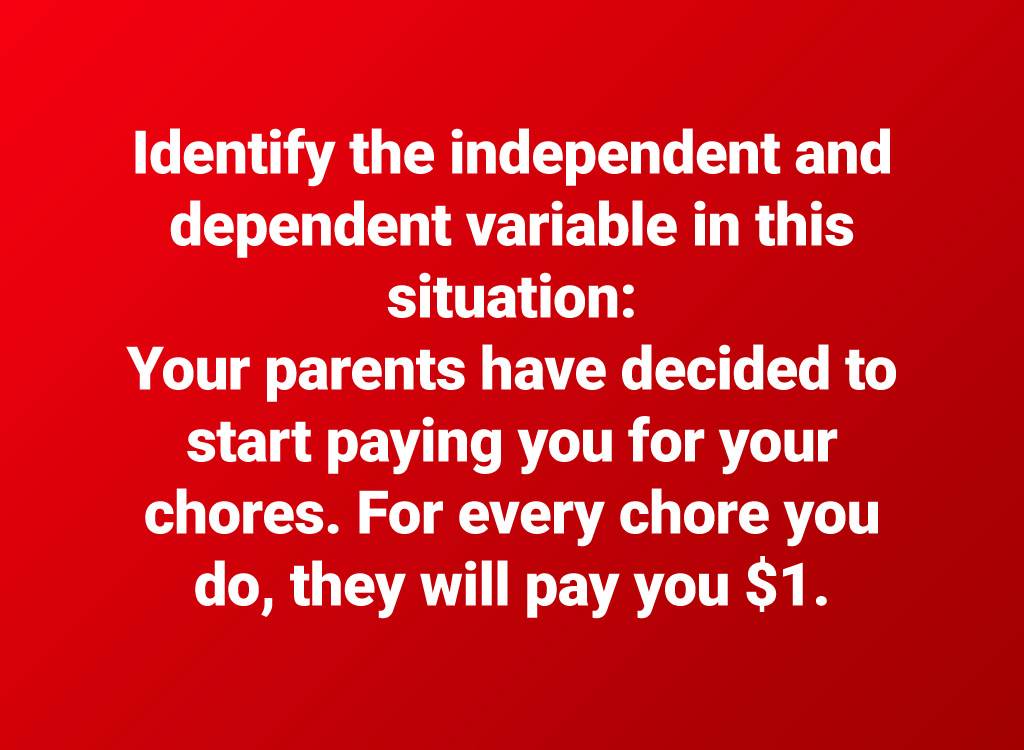
Independent and dependent variables are also used in scientific experiments.
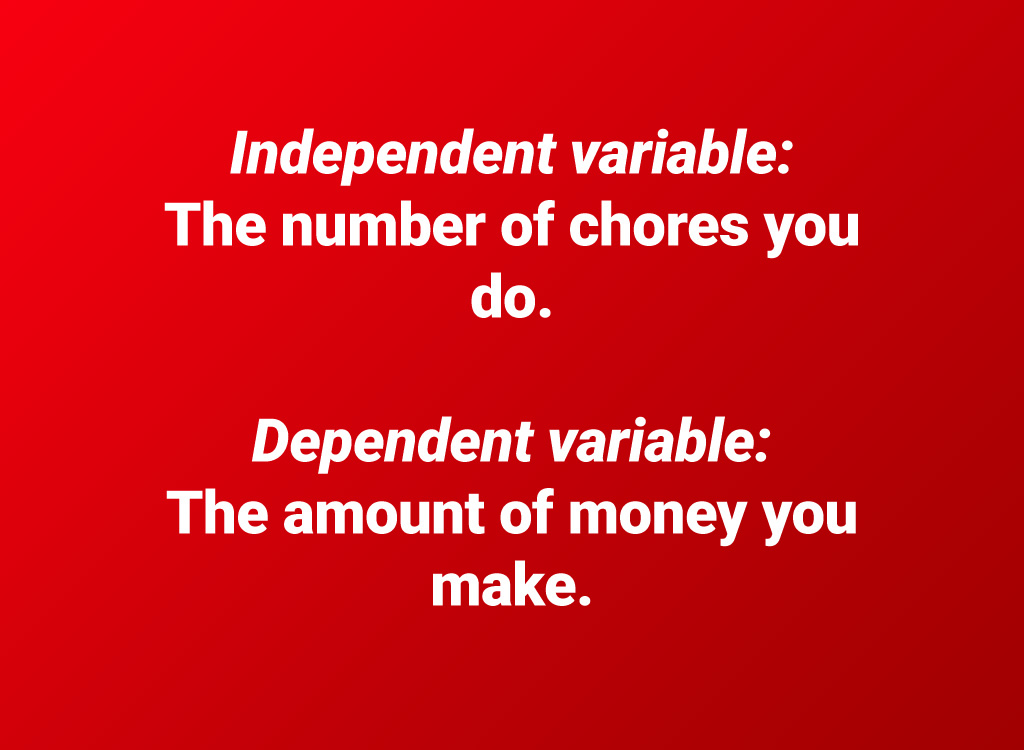
The independent variable is something you have control over—in this case, you can decide how many chores to do. The dependent variable is something that depends on the independent variable—in this case, how much money you make depends on how many chores you do. That number will change as the independent variable changes. And for more ways to sharpen up, start by playing the Cutting-Edge Video Games That Will Make You Smarter.
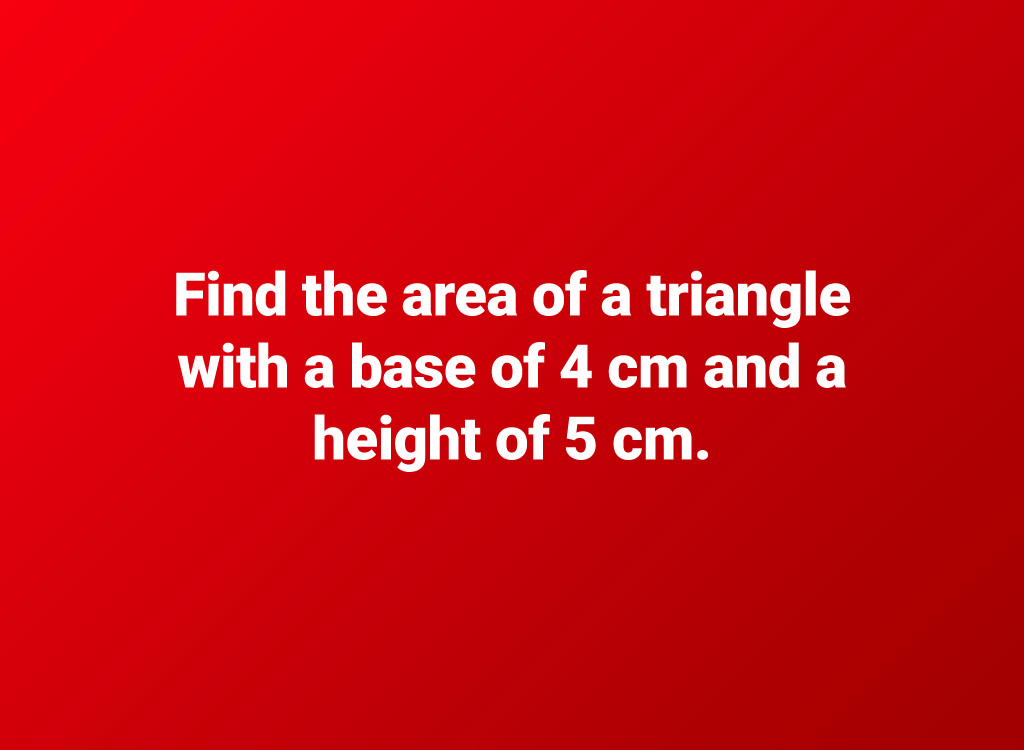
The study of triangles is called trigonometry. You won't learn everything you need to know about triangles in 6th grade, but you'll make a good start!
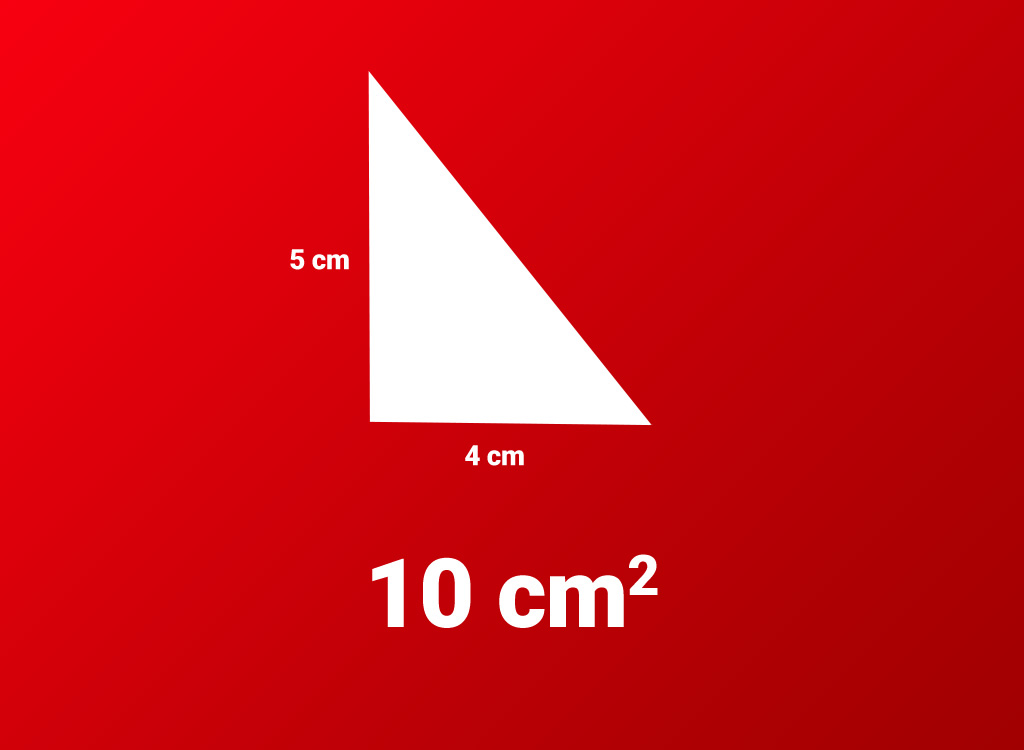
The area of a triangle is equal to its base multiplied by its height (5 x 4 = 20) divided in half (20 ÷ 2 = 10). You'll see this formula written as A = ½ bh.
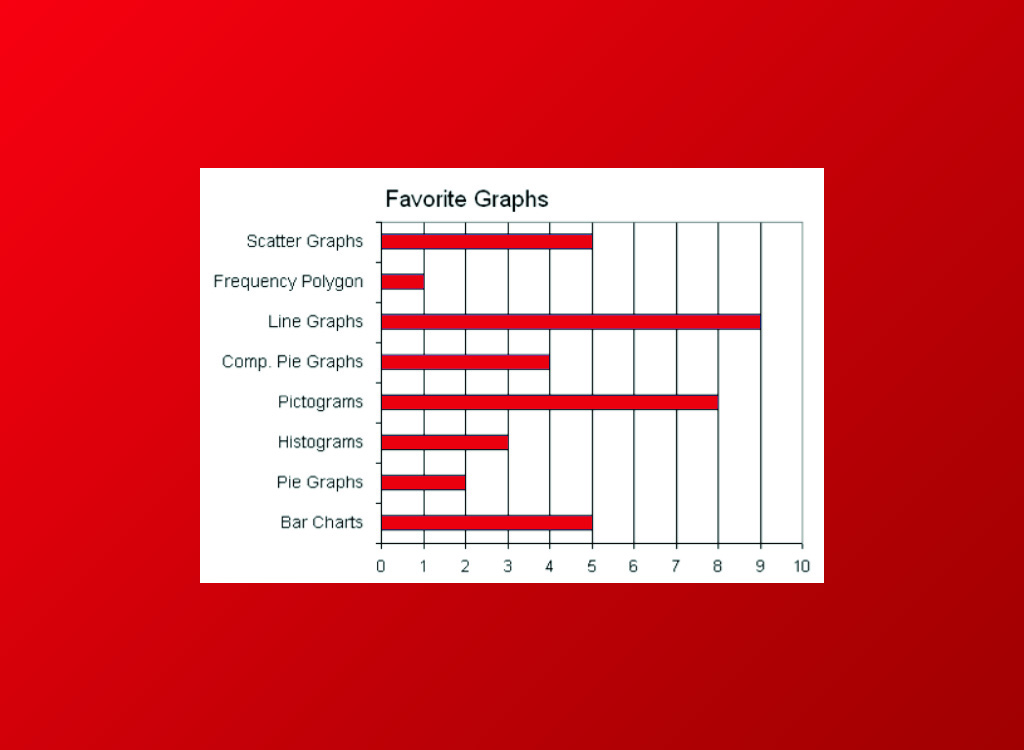
Graphs are a great way to visualize and compare numbers. Bar graphs (or charts) are one of the most common types.

We first look at the Y (vertical) axis to find what we were told to look for: pie graphs. We then travel along the X (horizontal) axis to see where the bar ends: 2. This means that that there were two occurrences of people saying "my favorite graph is a pie graph."
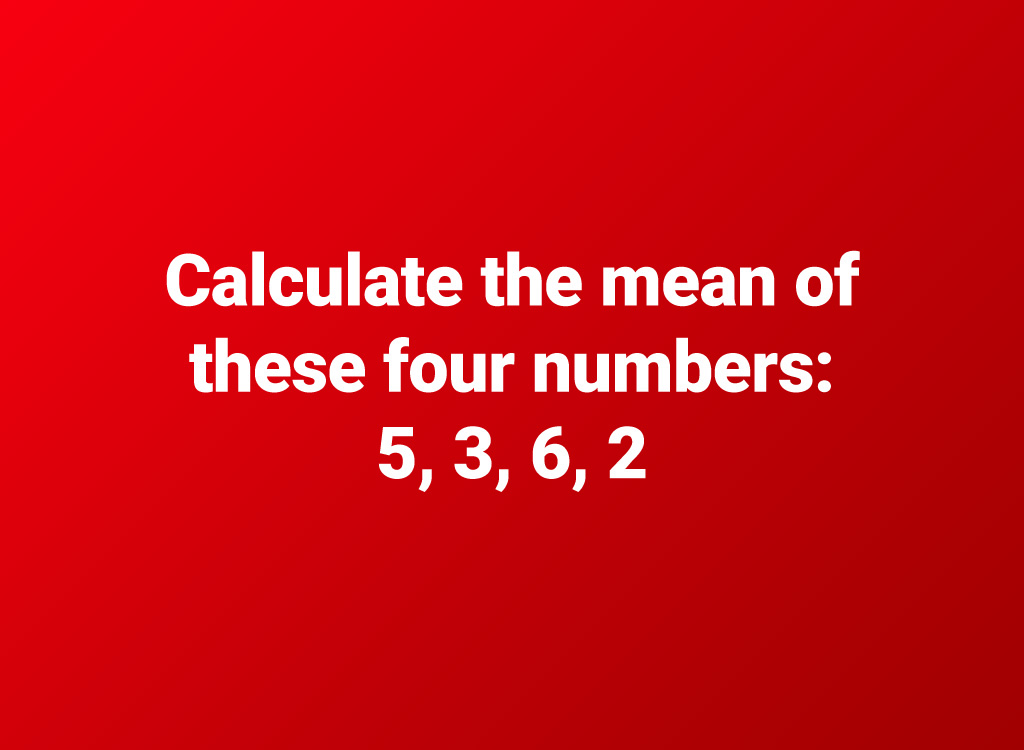
The mean of a group of numbers is sometimes called the "average."

The mean is calculated by adding the numbers in a set together (5 + 3 + 6 + 2 = 16) and dividing that answer by the number of items in the set (16 ÷ 4 = 4).
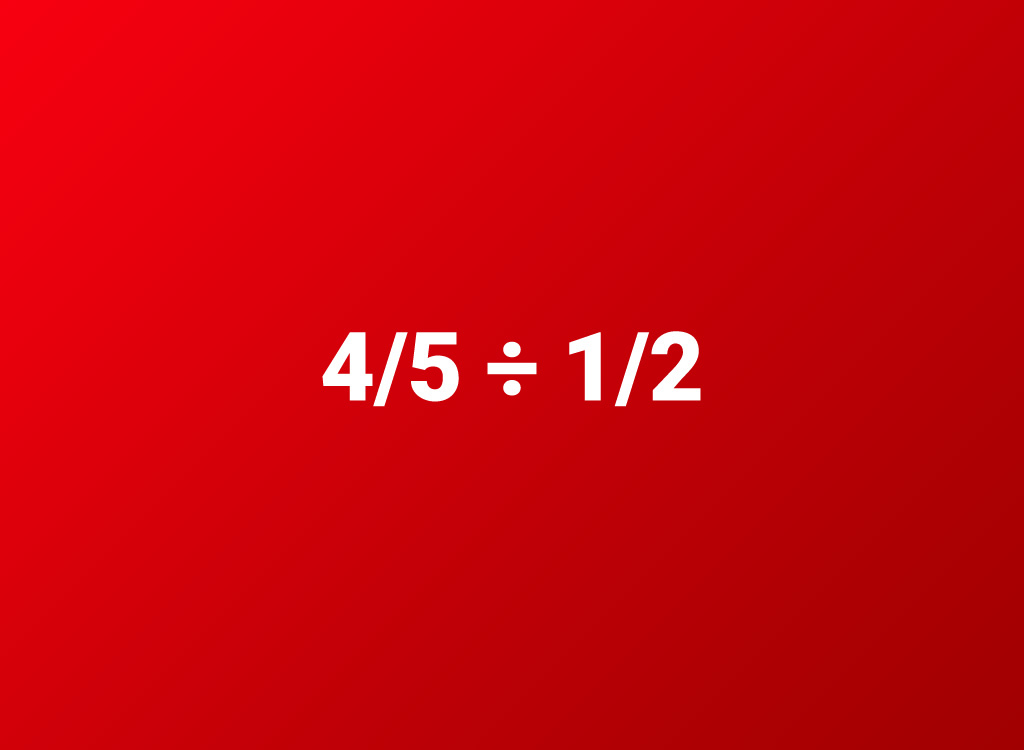
To divide fractions, you multiply the reciprocal. Don't worry, it's not as complicated as it sounds!

Multiply the numerator, or top number, of the first fraction (4) by the denominator, or bottom number, of the second fraction (2) to get the numerator of the answer (4 x 2 = 8). Next, multiply the denominator of the first fraction (5) by the numerator of the second fraction (1) to get the denominator of the answer (5 x 1 = 5). Then simplify 8/5 into 1⅗.
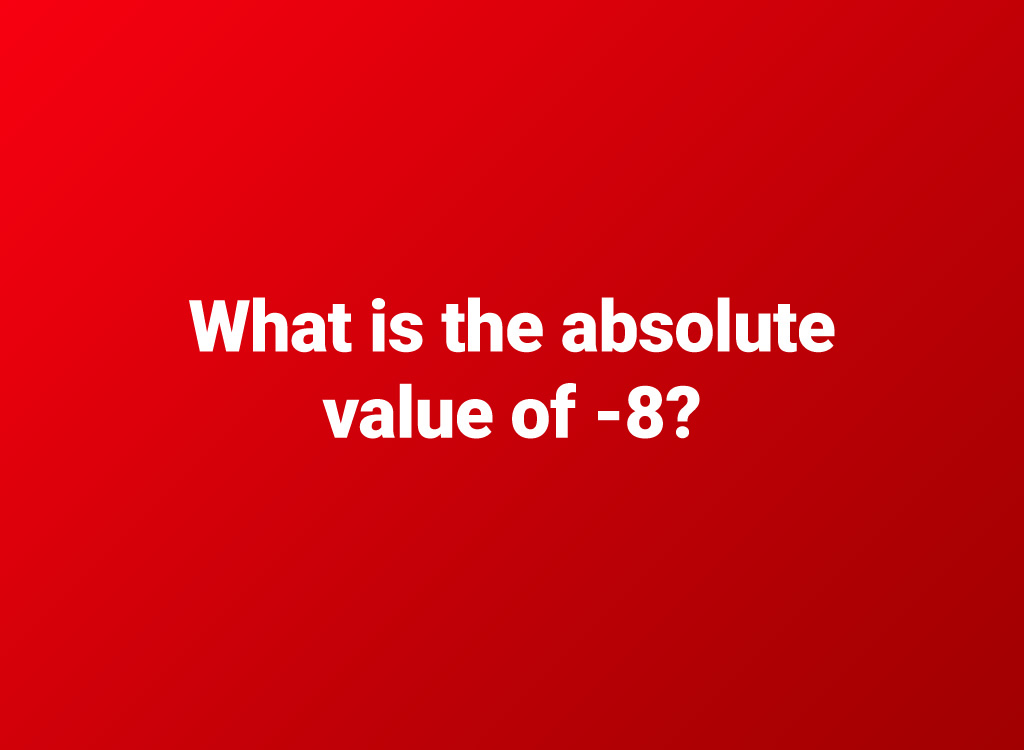
Absolute values are usually written between ||, so you could also write this question as |-8| = ?

The absolute value of any number, positive or negative, is always positive. You can think of it as the distance away from zero on a number line. Both 8 and -8 have the same absolute value of 8, since they're both 8 whole numbers away from zero. And for more ways to hone your mind, start by eating the The 50 Best Foods for Your Brain.

This process is called combining like terms.

As long as numbers are combined with the same variable (in this case, a), you can add, subtract, multiply, or divide them as if the variable isn't there. You can even think of the variable as a physical object. If you have 4 apples and I give you 2 more apples, how many apples do you have now?
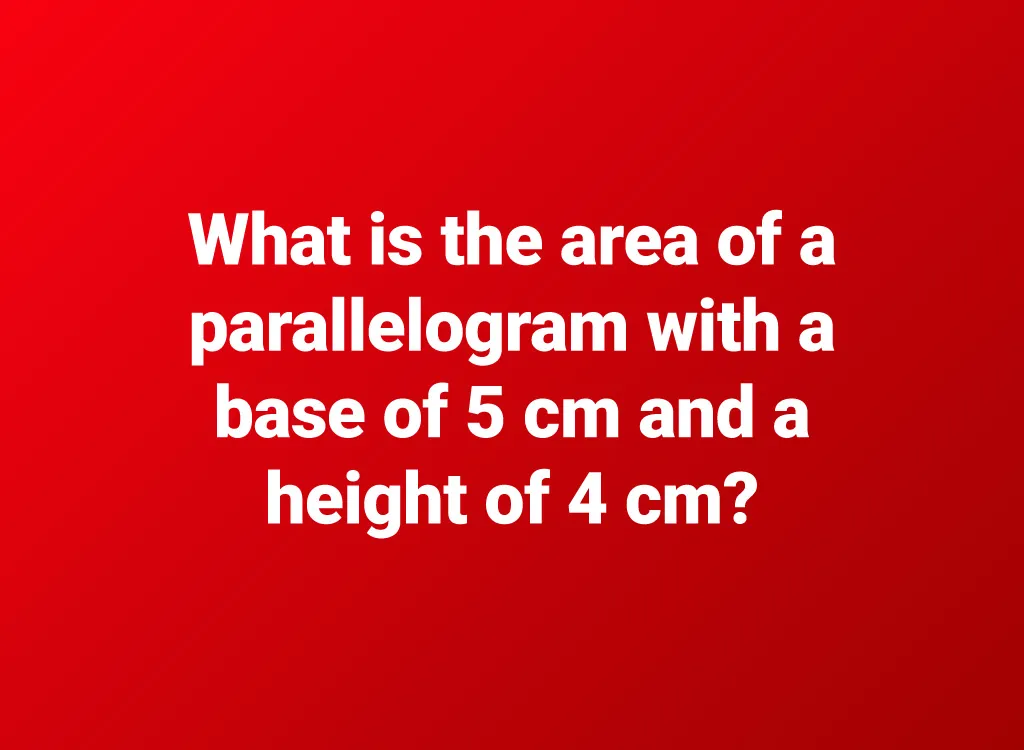
A parallelogram is a four-sided shape made out of two pairs of parallel lines.
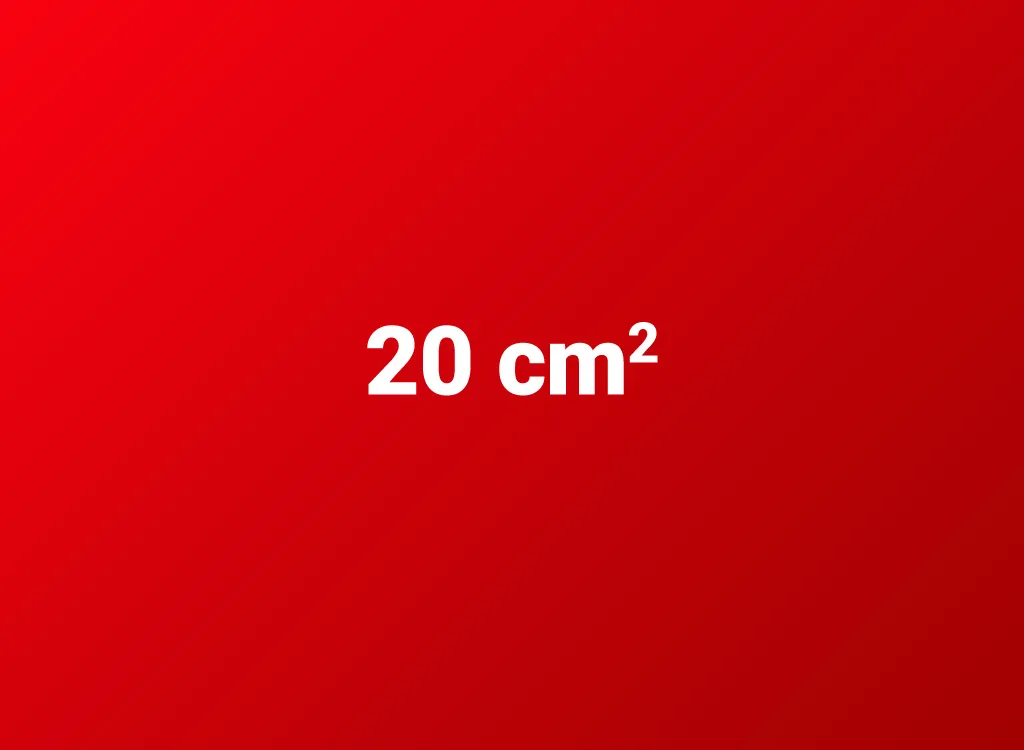
You can find the area of a parallelogram by multiplying its base by its height. This formula can also be written as A = bh, so 5 x 4 = 20.

In mathematics, a superscript number is an exponent, which means repeated multiplication will be necessary to find the answer.
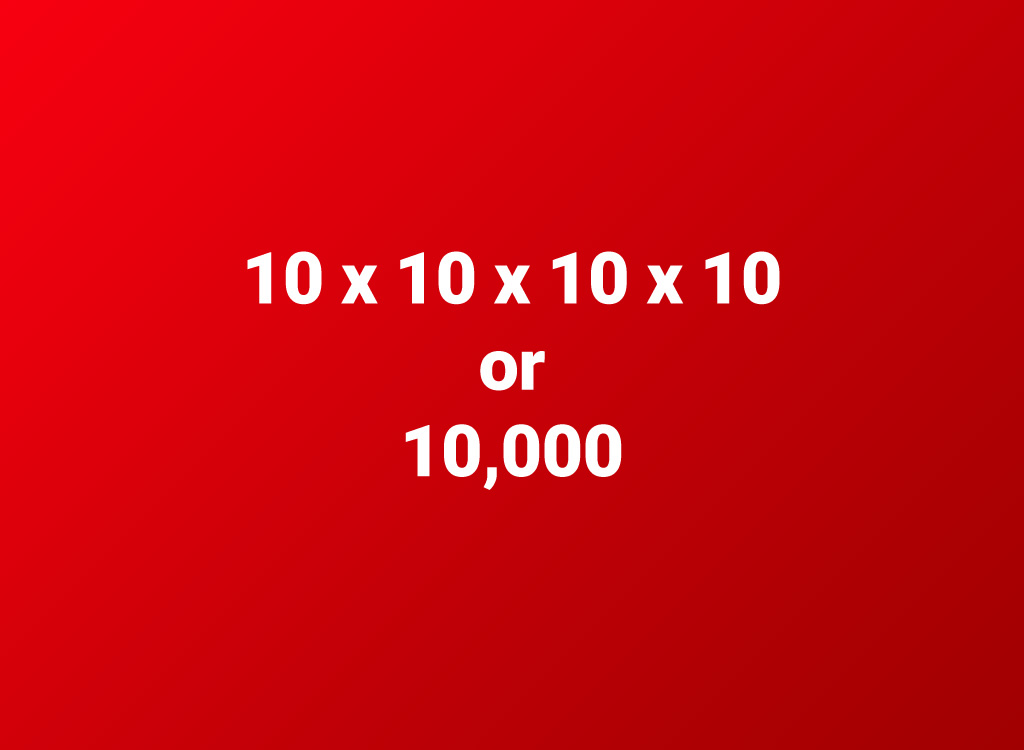
An exponent tells you how many times to multiply the base number by itself to get the full number. It's commonly used to simplify long numbers, since 10⁹, for instance, is much easier to work with than 1,000,000,000 (nine zeroes).
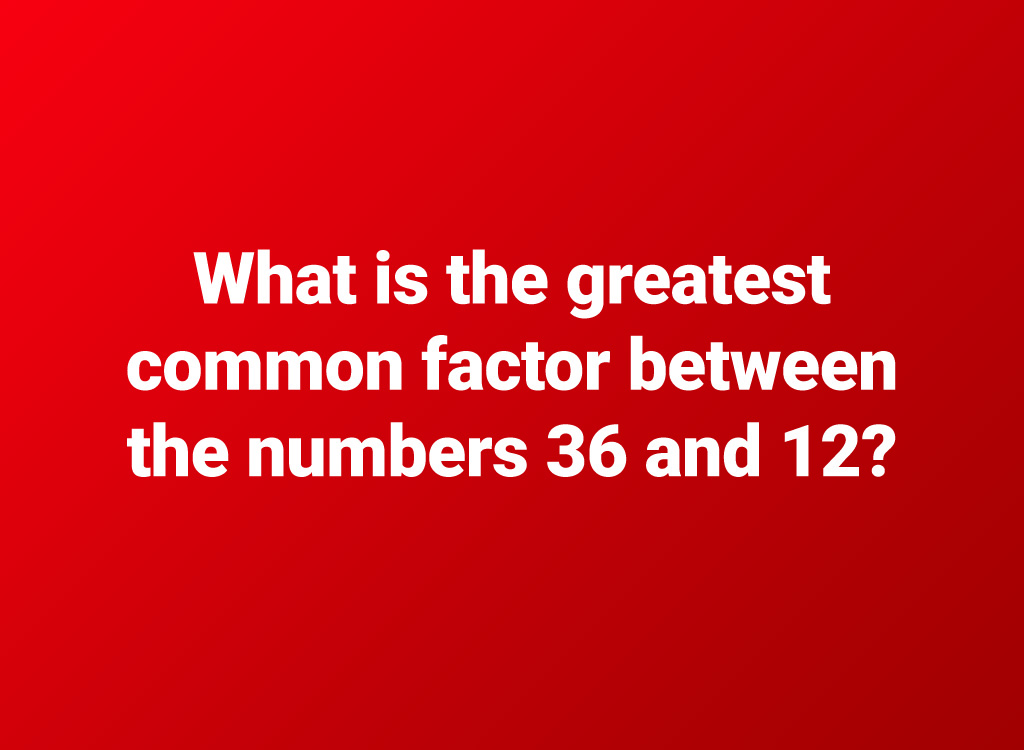
You will need to know how to find the factors of any given number and then compare them.
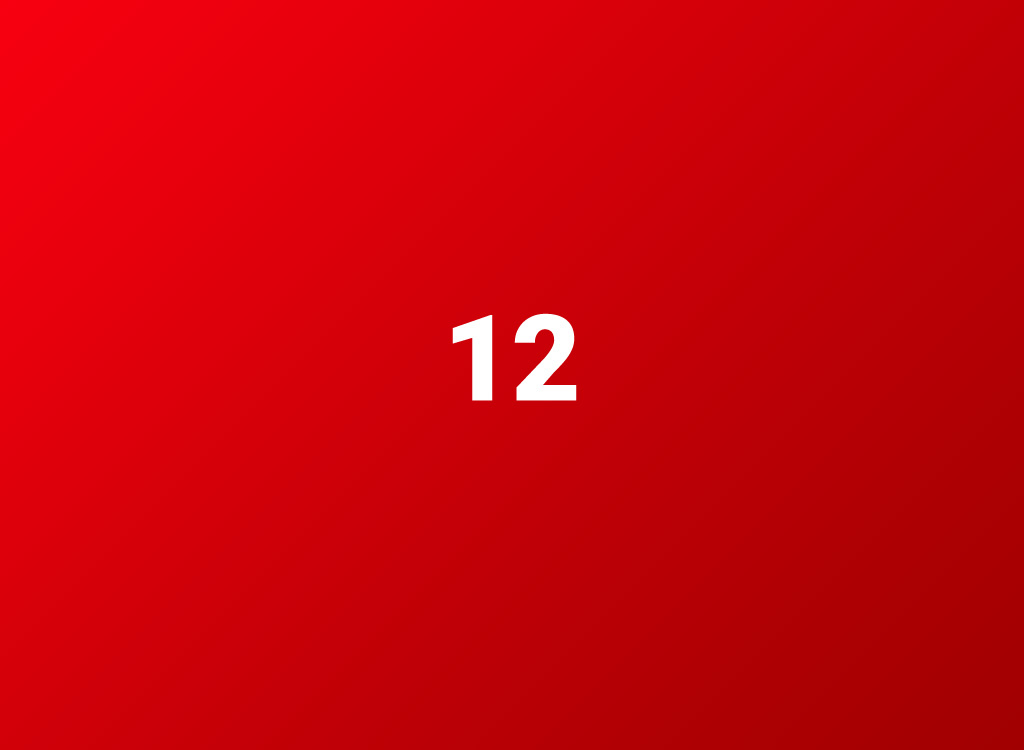
The factors of 36 are 1, 2, 3, 4, 6, 9, 12, 18, and 36. The factors of 12 are 1, 2, 3, 4, 6, and 12. The largest number they have in common is 12.
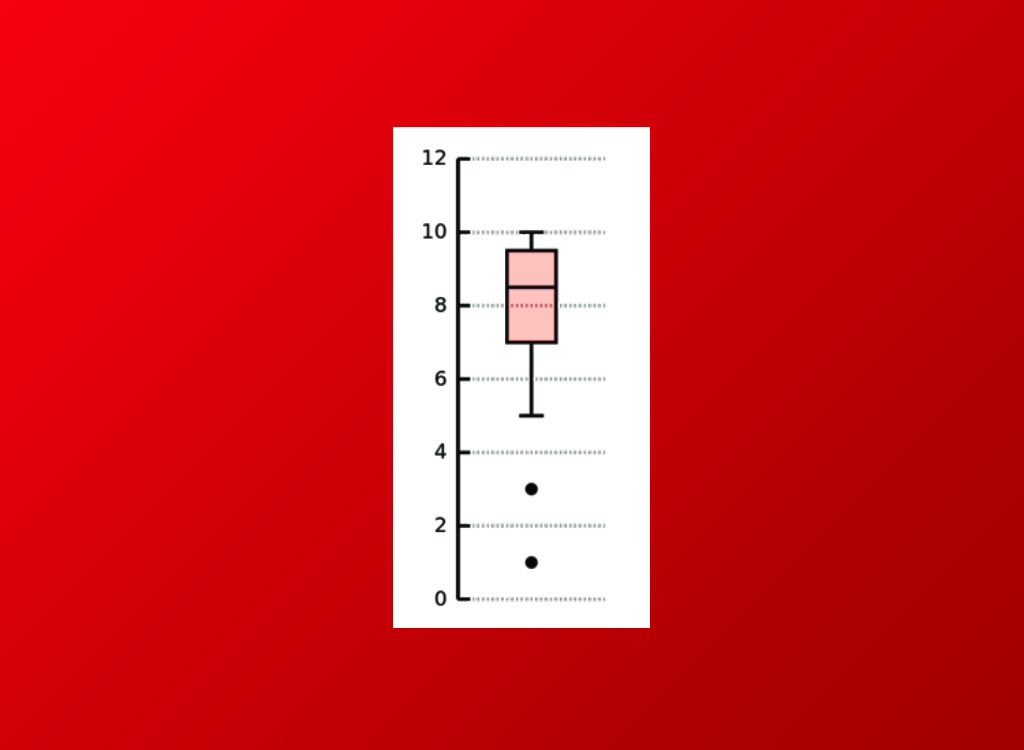
A box plot is a graph is a way of showing the spread and shape of data. "Data" is just a fancy word for a set of numbers, often numbers that correspond to the results of a survey or experiment.

The box in a box plot shows the middle 50% of a range of numbers. Inside that box is a line identifying the median, or the value that would be right in the middle if you lined all the numbers up from lowest to highest. For example, the middle 50% of the range 2, 3, 6, and 8 would be 3-6, and the median would be 4.5. In the above box plot, the line for the median appears between 8 and 10 at approximately 8.5.
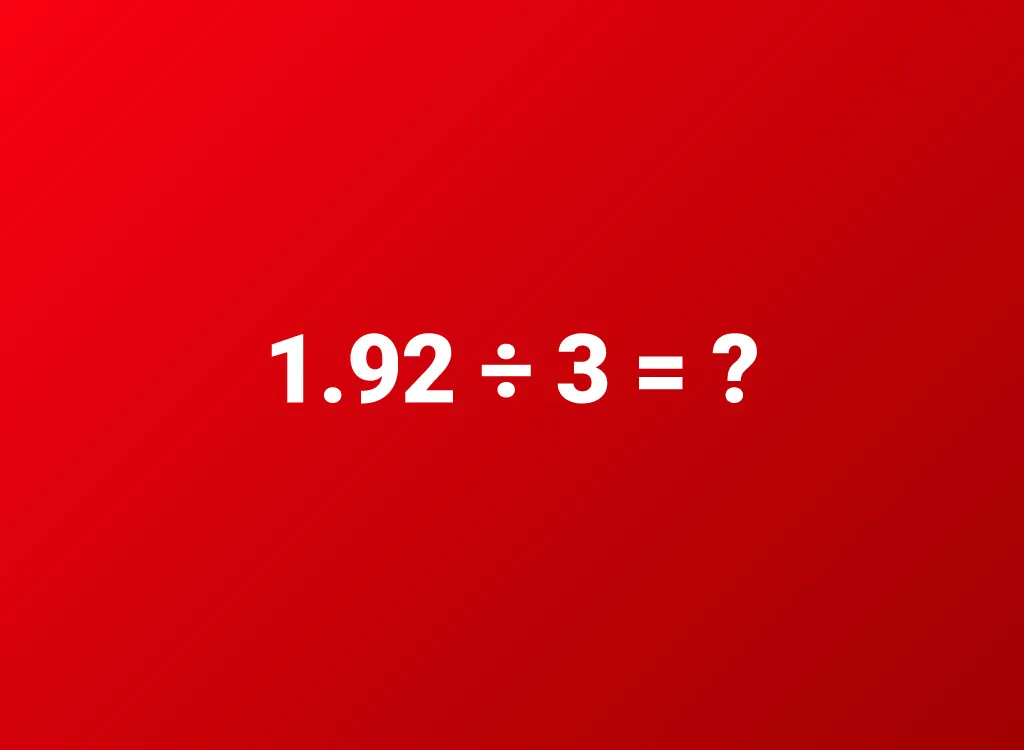
Multiplying and dividing decimal numbers isn't so hard if you remove the decimal… but don't forget to put it back!
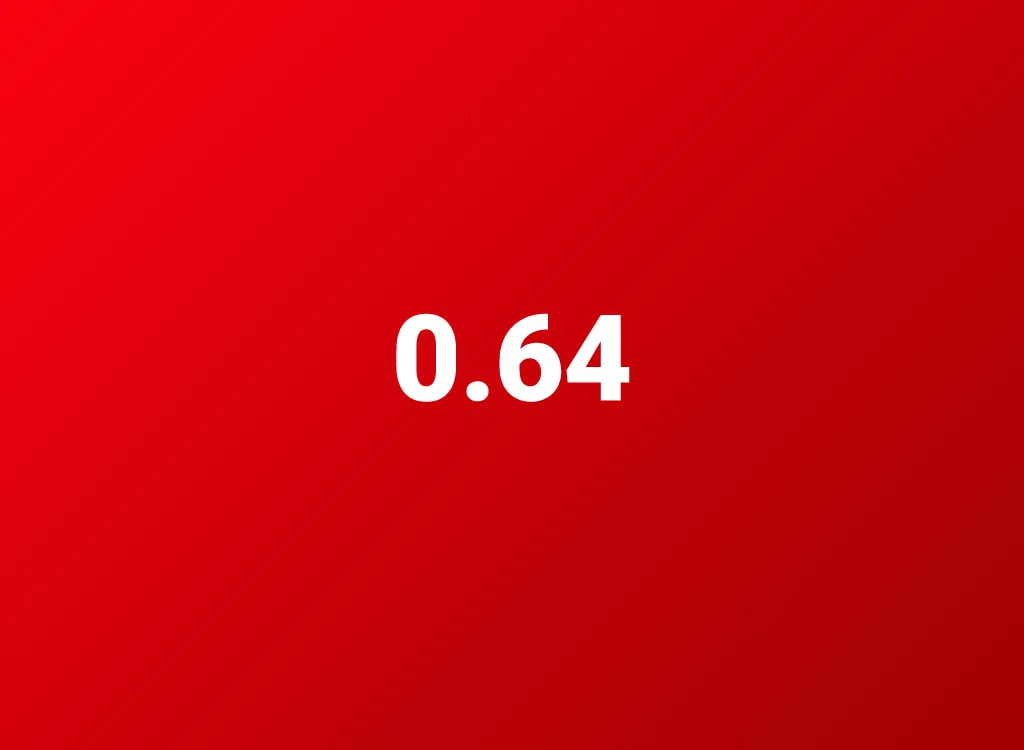
At first, pretend that 1.92 is a whole number: 192 with two decimal places. Then divide 192 by 3 to get 64. Now put the two decimal places back in to get a final answer of 0.64.
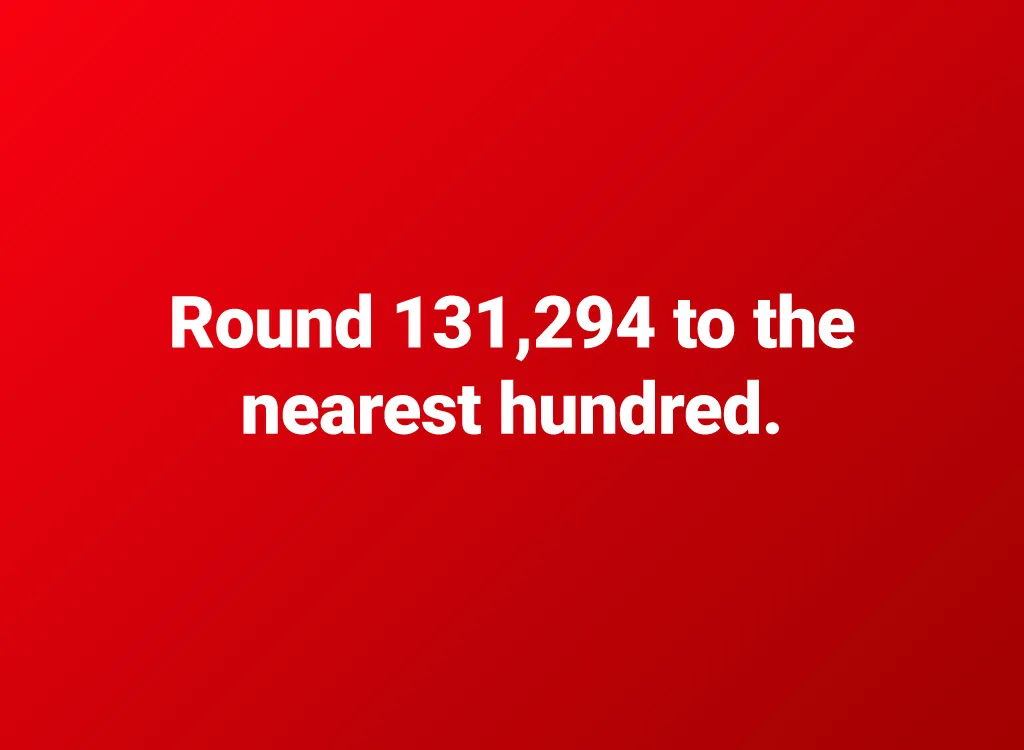
Know your tens, hundreds, and thousands, but don't get them confused with tenths, hundredths, and thousandths!
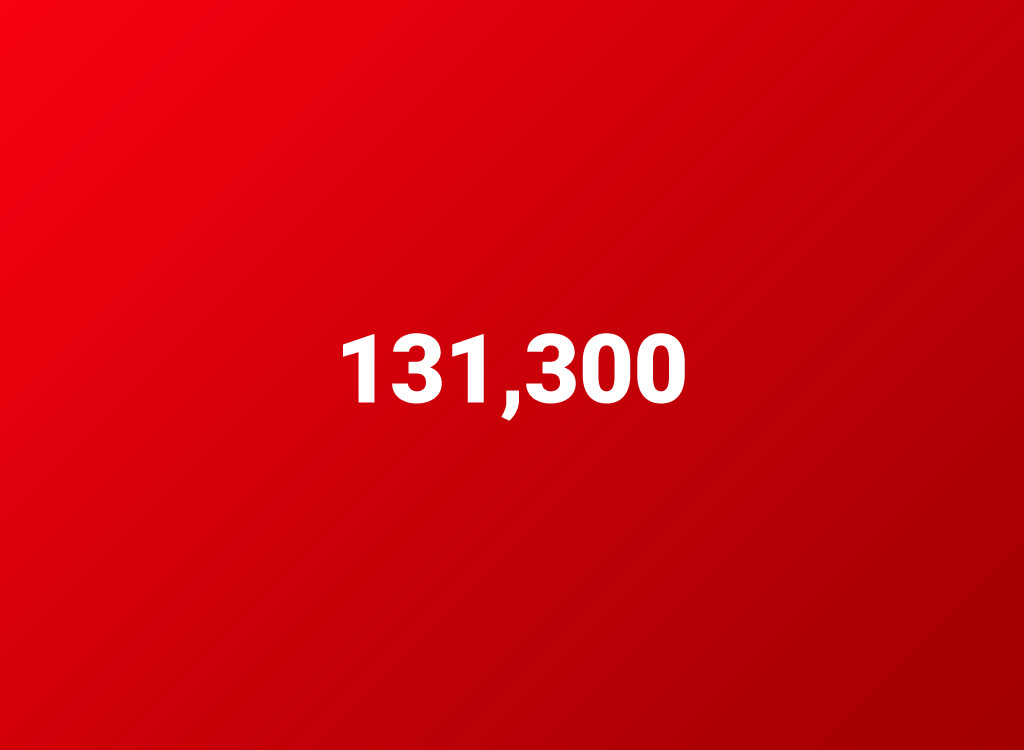
The 2 is in the hundreds column, and the next number to the right (the tens column) is a 9, which means you need to round up.
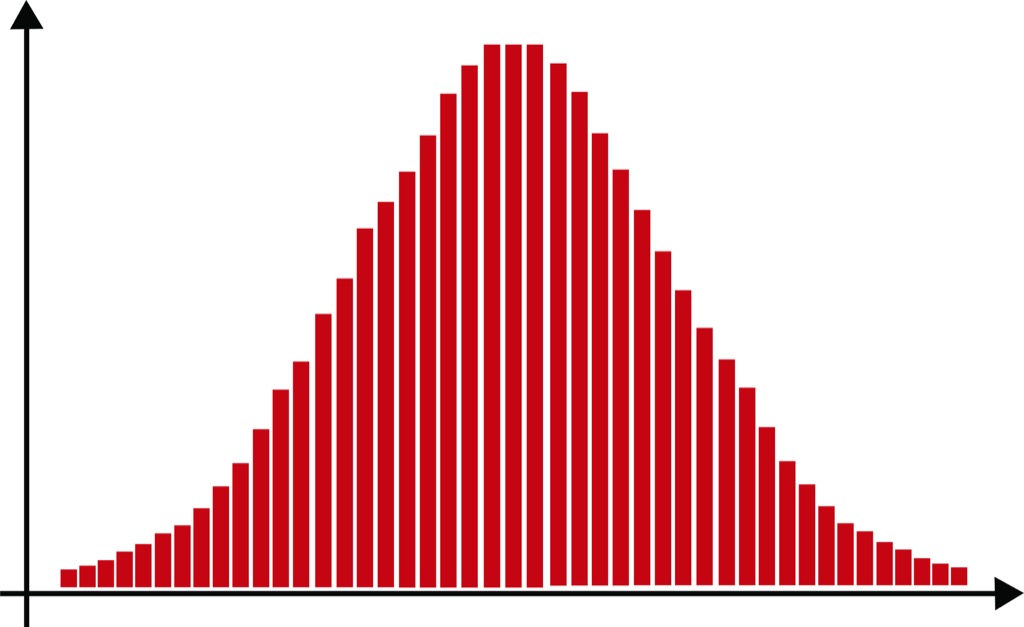
This type of graph is called a histogram, but you can use the same terms to describe dot plots, bar charts, and box plots as well.
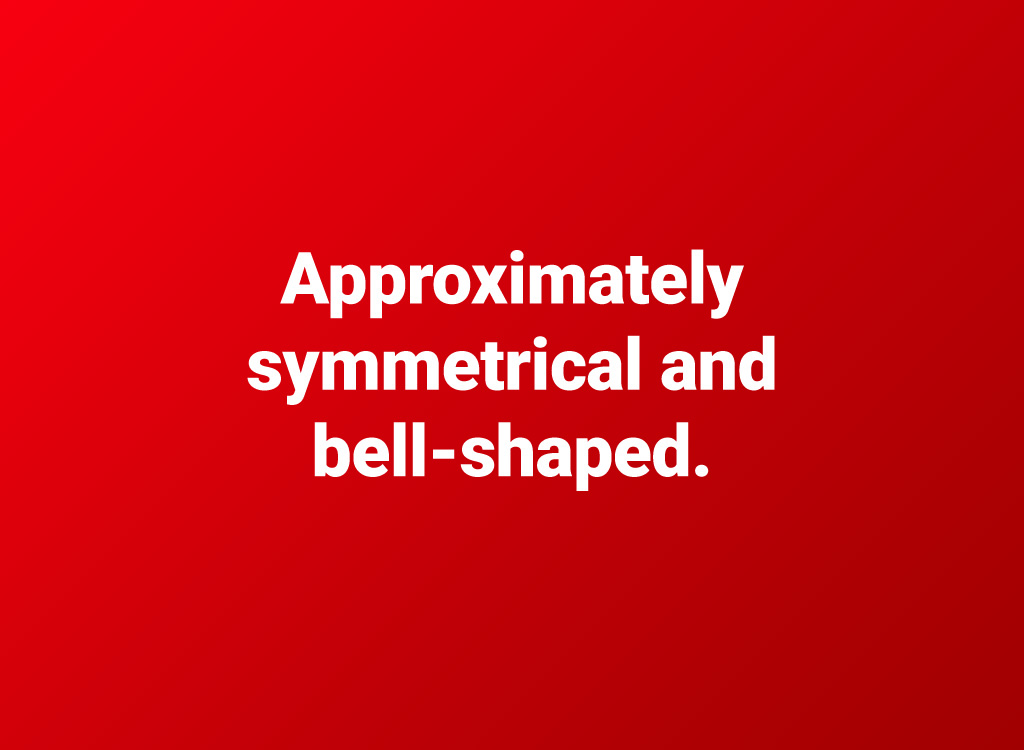
Since the shape this data makes is (approximately) the same shape on either side of a central axis (in this case the zero point on the X axis), it is symmetrical. Since it reaches its highest peak on the Y axis in the middle, we say it is bell-shaped.
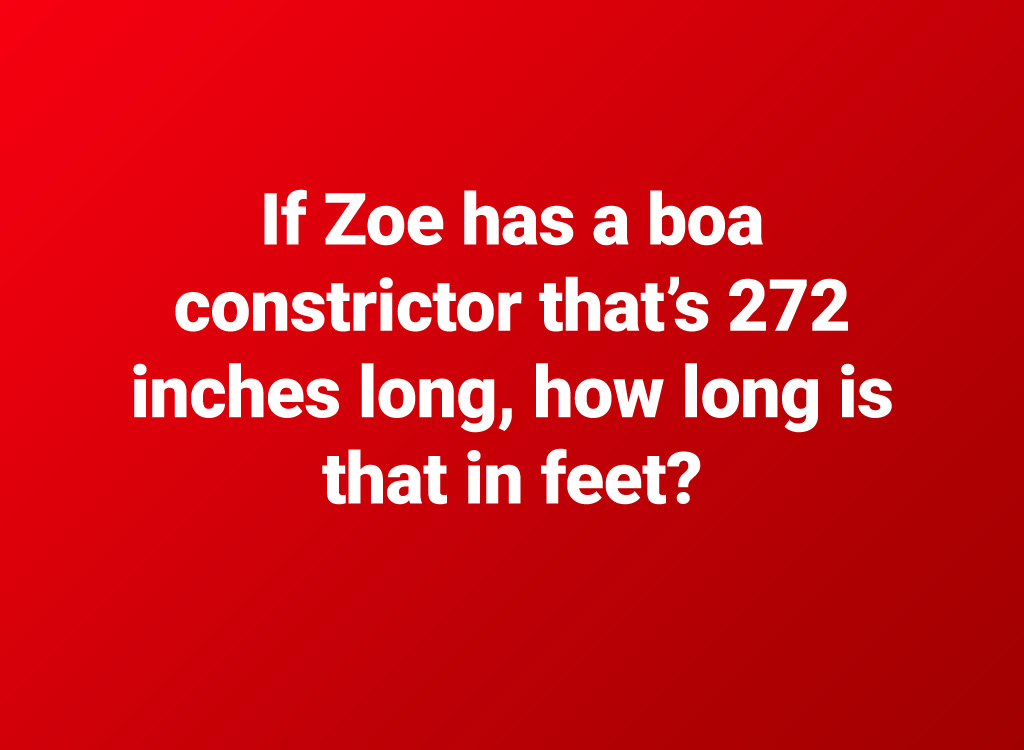
You will have some inches left over.
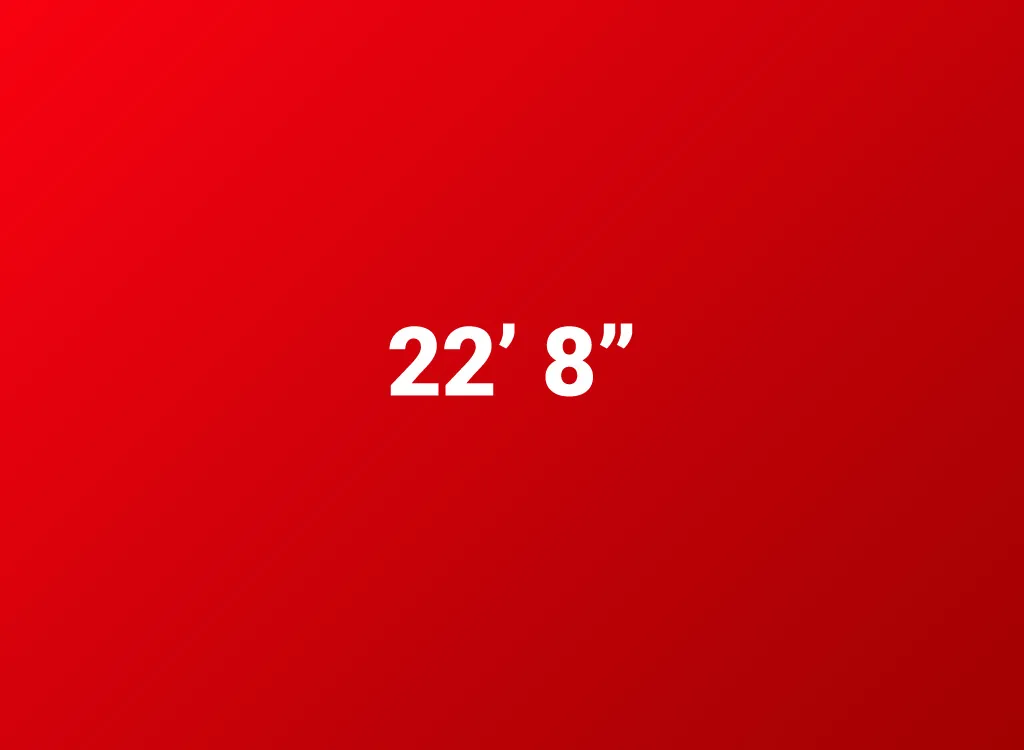
There are 12 inches in a foot, so 272 divided by 12 is 22 with a remainder of 8.
Multiples and factors are closely related.

The least common multiple (sometimes abbreviated LCM) is the lowest number that is divisible by the two (or more) integers in consideration. Thus, 208 is the lowest number that can be divided evenly by both 16 (208 ÷ 16 = 13) and 26 (208 ÷ 26 = 8).
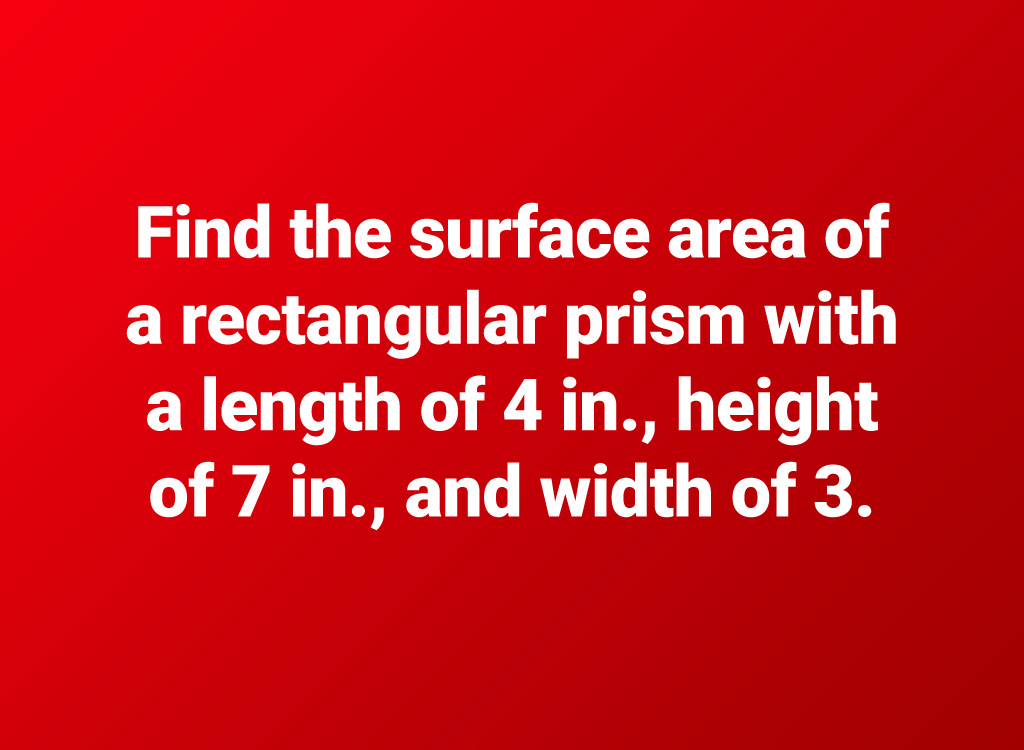
Surface area is the sum of the areas of all the shapes that make up the outside of a three-dimensional figure.
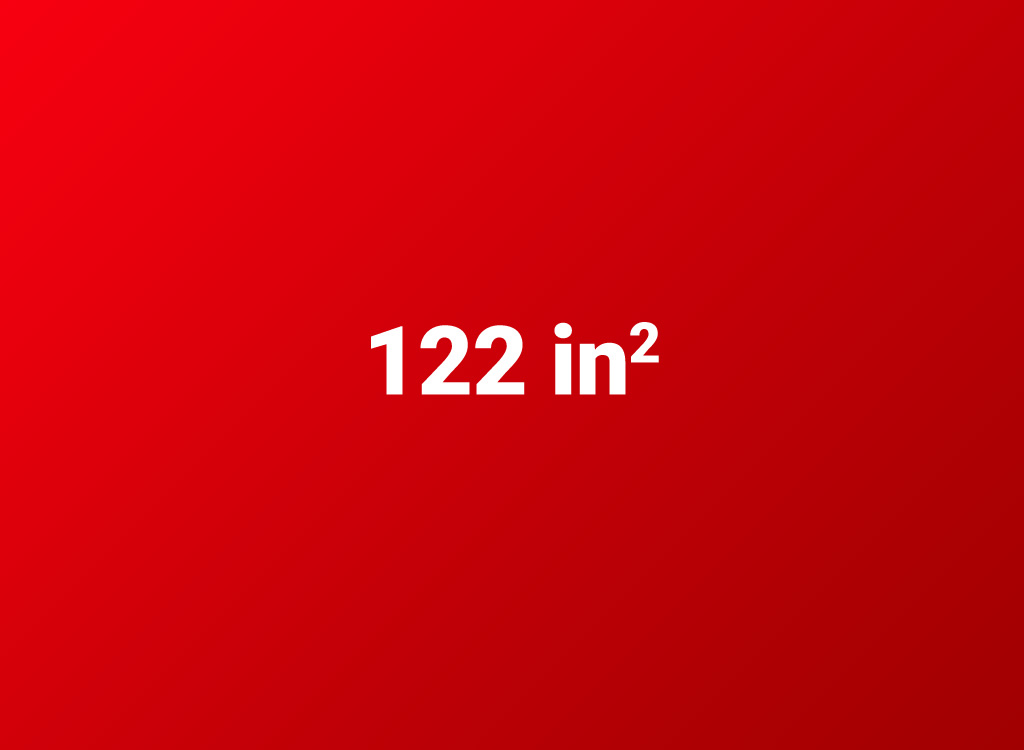
Rectangular shapes, like cardboard boxes, have 6 outside faces: top and bottom, front and back, and left and right. The formula to calculate this surface area of is (length x width) x 2 + (length x height) x 2 + (height x width) x 2. Here, that means (4 x 3) x 2 = 24, (4 x 7) x 2 = 56, and (7 x 3) x 2 = 42. Add them together: 24 + 56 + 42 = 122 in².

To add or subtract fractions, they must have the same denominator.

First, you must find the lowest common denominator, or the lowest number that is divisible by both the bottom numbers on the fractions. For 12 and 5, that number is 60. Then, you must convert each nominator. Since you have to multiply 12 by 5 to get to 60, multiply 7 x 5 to get 35/60. Since you have to multiply 5 by 12 to get 60, multiply 2 by 12 also to get 24/60. Now you can add them: 35/60 + 24/60 = 59/60. You can't simplify 59/60 any further, so that's your answer!

It's important to know how to plot points on a coordinate plane. You may be asked to find the area of shapes on a coordinate grid, as well.
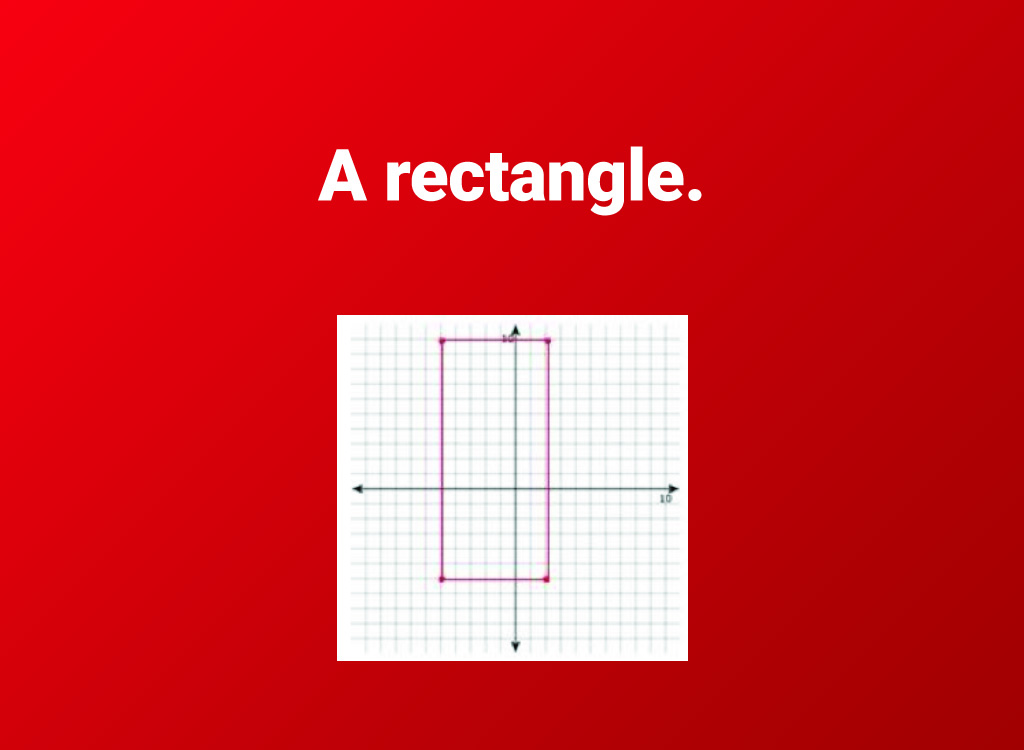
The first number of the pair is the location on the X (horizontal) axis; the second number is the location on the Y (vertical) axis. Your grid should look like the above.
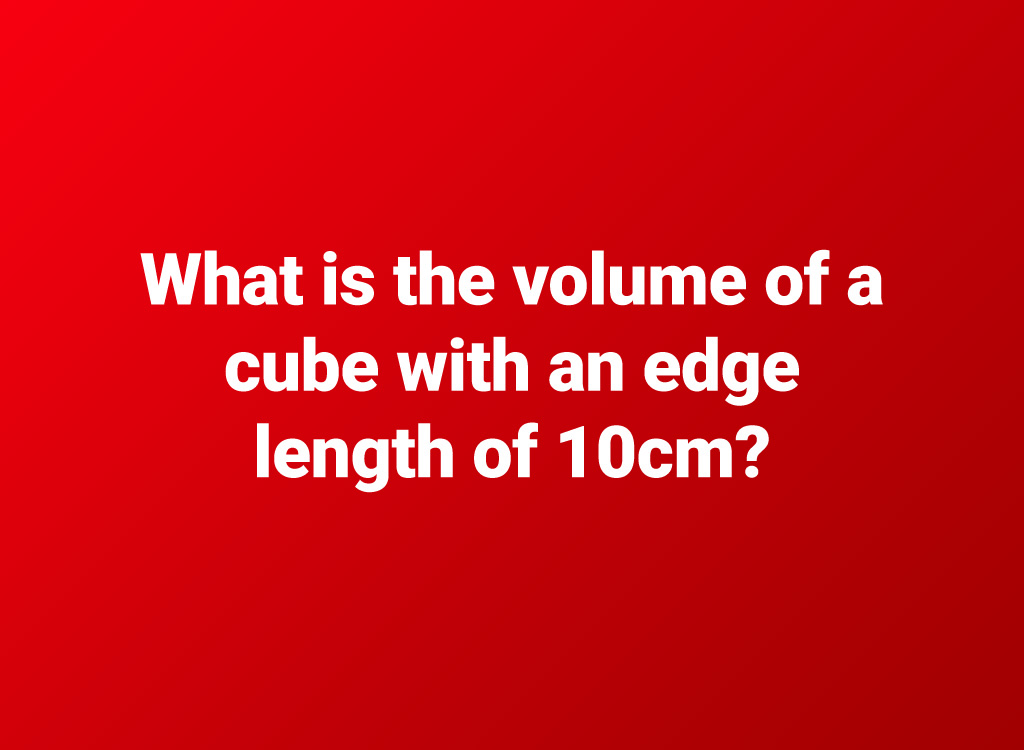
The volume of a shape is the amount of stuff that can fit inside it. Two-dimensional shapes like squares don't have volume, but three dimensional shapes like cubes do.
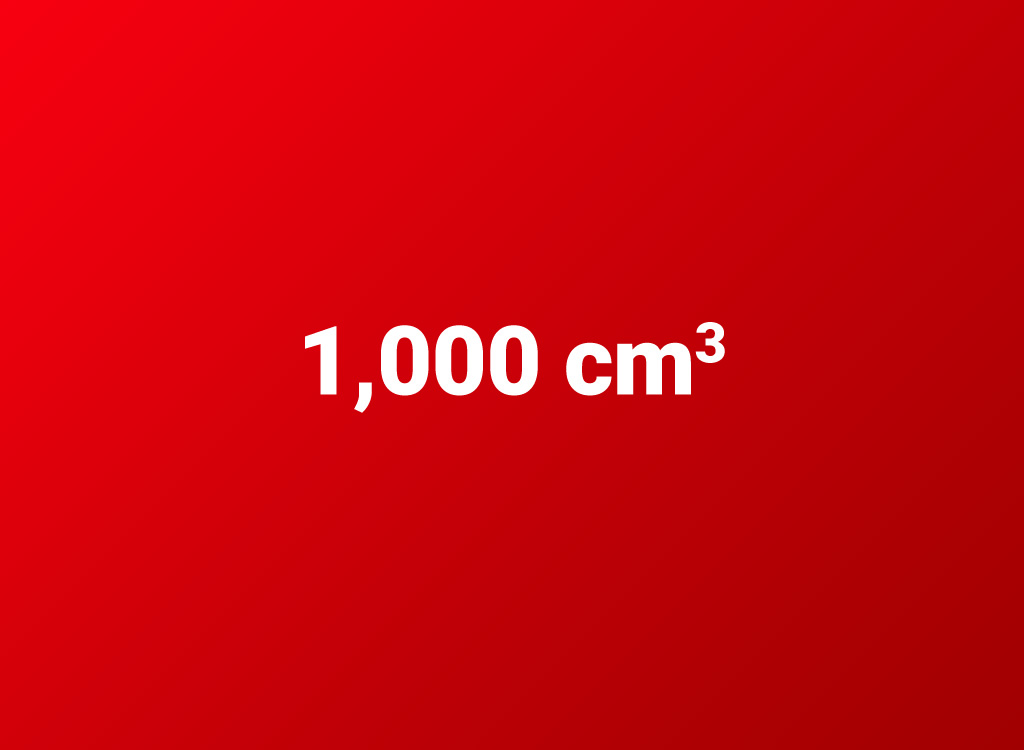
You find the volume of any rectangular box by multiplying length bywidth byheight. Because all the edges on a cube are the same length, 10 x 10 x 10 = 1,000.
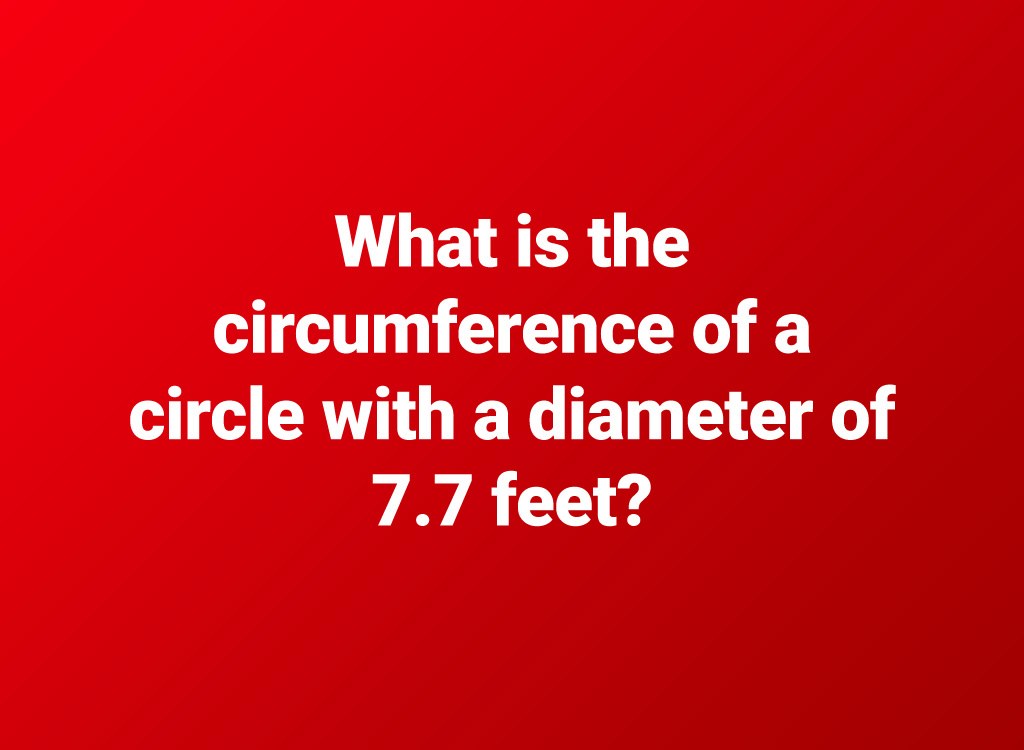
Pi is a constant number, not a delicious dessert! Know how to use pi (π) to calculate a circle's area or circumference.
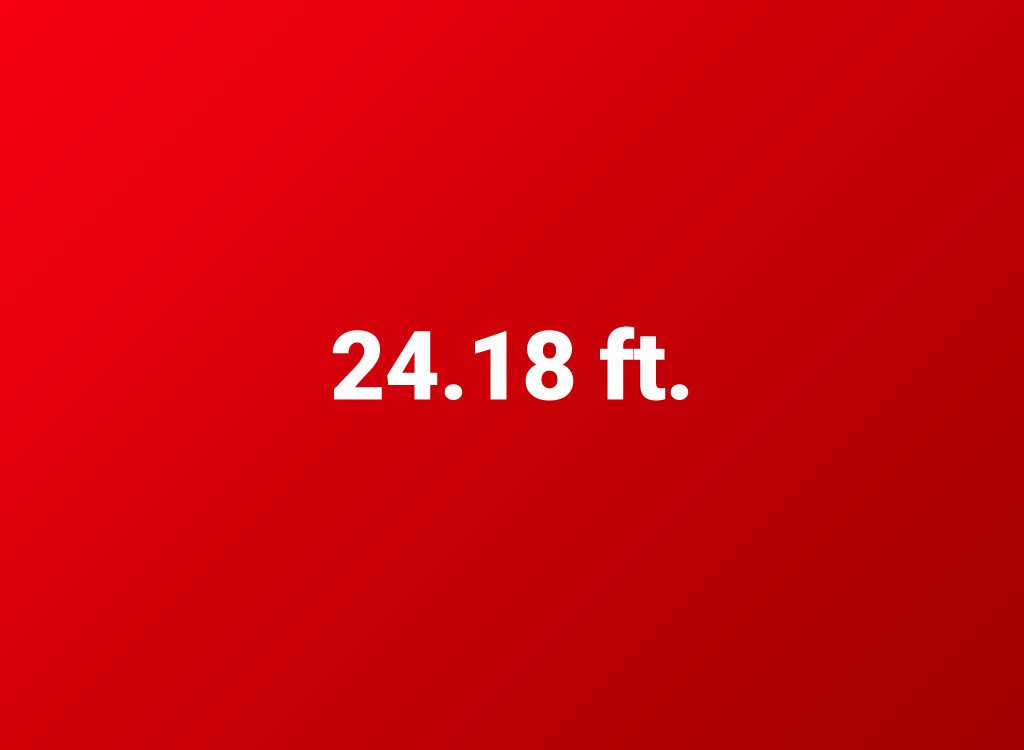
Find the circumference of a circle by multiplying pi (π = 3.14) by the diameter (7.7 ft).
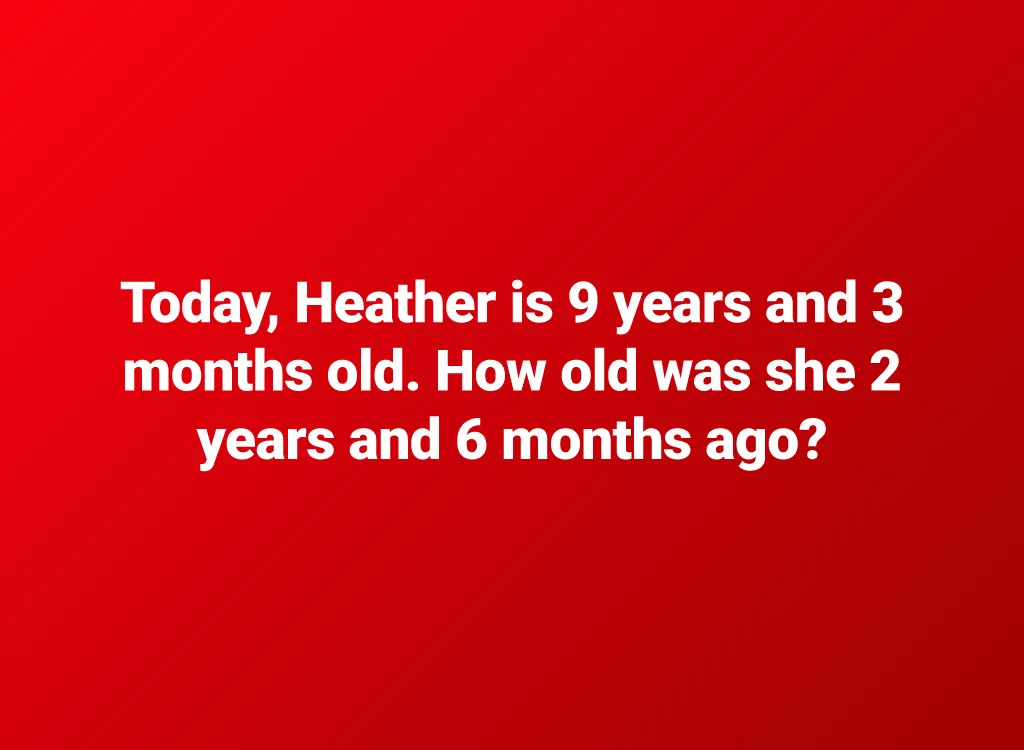
This problem requires you to convert ages into mixed numbers and subtract them.

To subtract mixed numbers, convert them into improper fractions and follow the same procedure as for adding and subtracting fractions. Since three months is ¼ of a year and six months is ½ of a year, the problem works out to 9¼ – 2 ½. Convert both to quarters, so 9 ¼ = 37/4 and 2 ½ = 10/4. 37/4 – 10/4 = 27/4. Simplify 27/4 to 6¾. Three quarters of a year is nine months, so the answer is 6 years and 9 months.
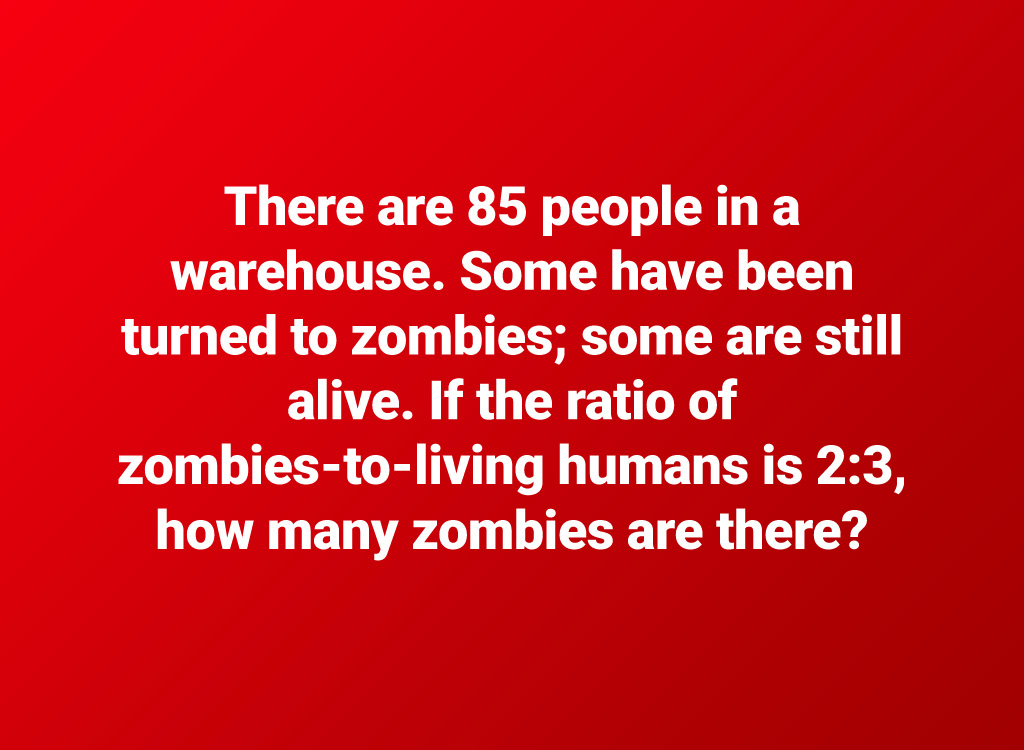
Just as a bite turns a human into a zombie, you turn these numbers into fractions!
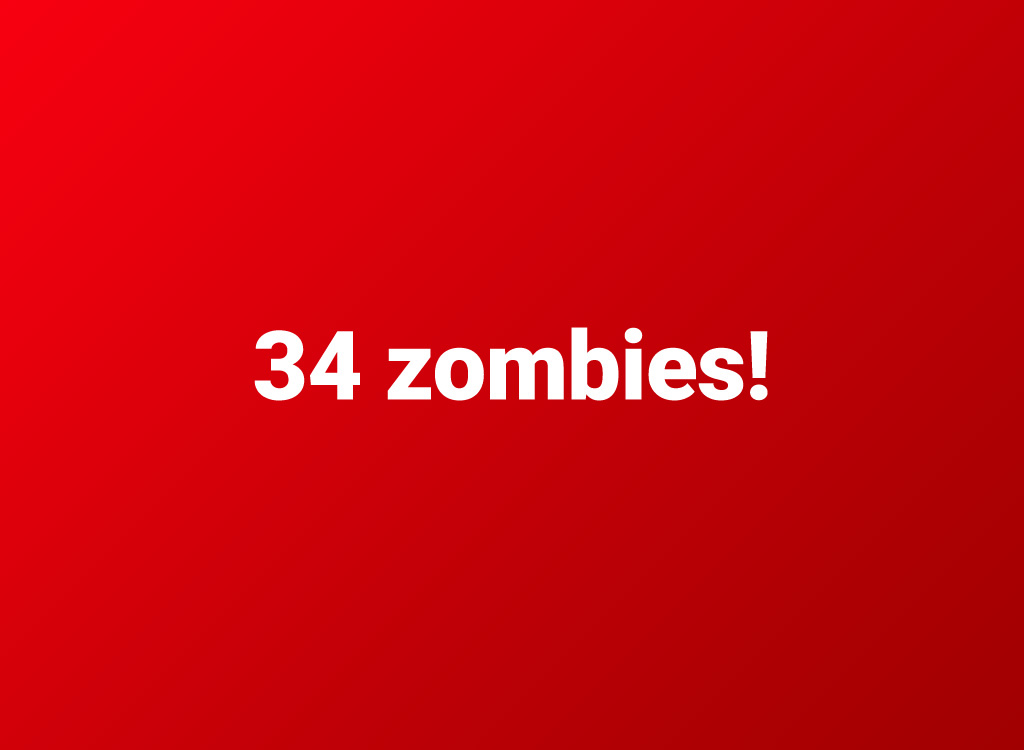
The ratio tells us that for every 2 zombies, there are 3 humans, which gives us a group of 5 (2 + 3) people. Divide the total (85) into groups of 5, getting 17 groups. Multiply those by the original ratio numbers, so there are (17 x 2) 34 zombies and (17 x 3) 51 humans.
To discover more amazing secrets about living your best life, click here to sign up for our FREE daily newsletter!
What the Meaning of Zero in Moving Back 5 Spaces on Game Board?
Source: https://bestlifeonline.com/6th-grade-math/
0 Response to "What the Meaning of Zero in Moving Back 5 Spaces on Game Board?"
Post a Comment